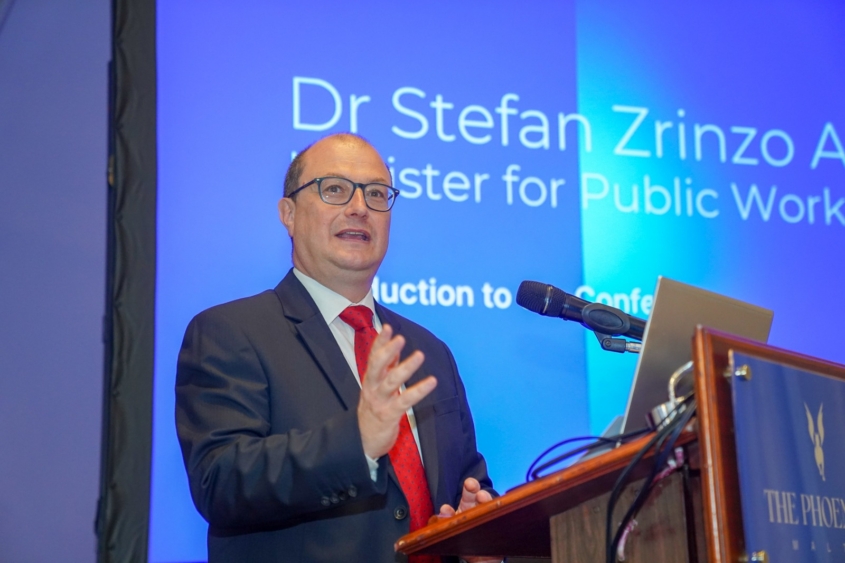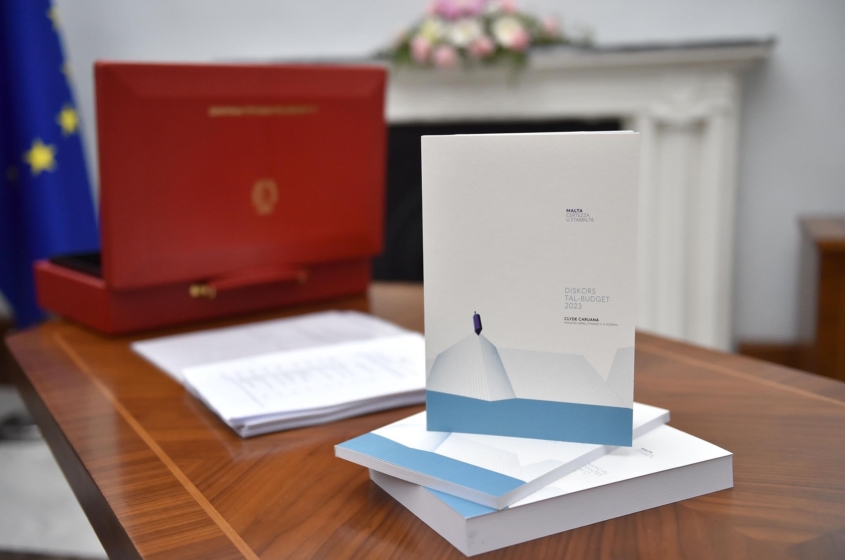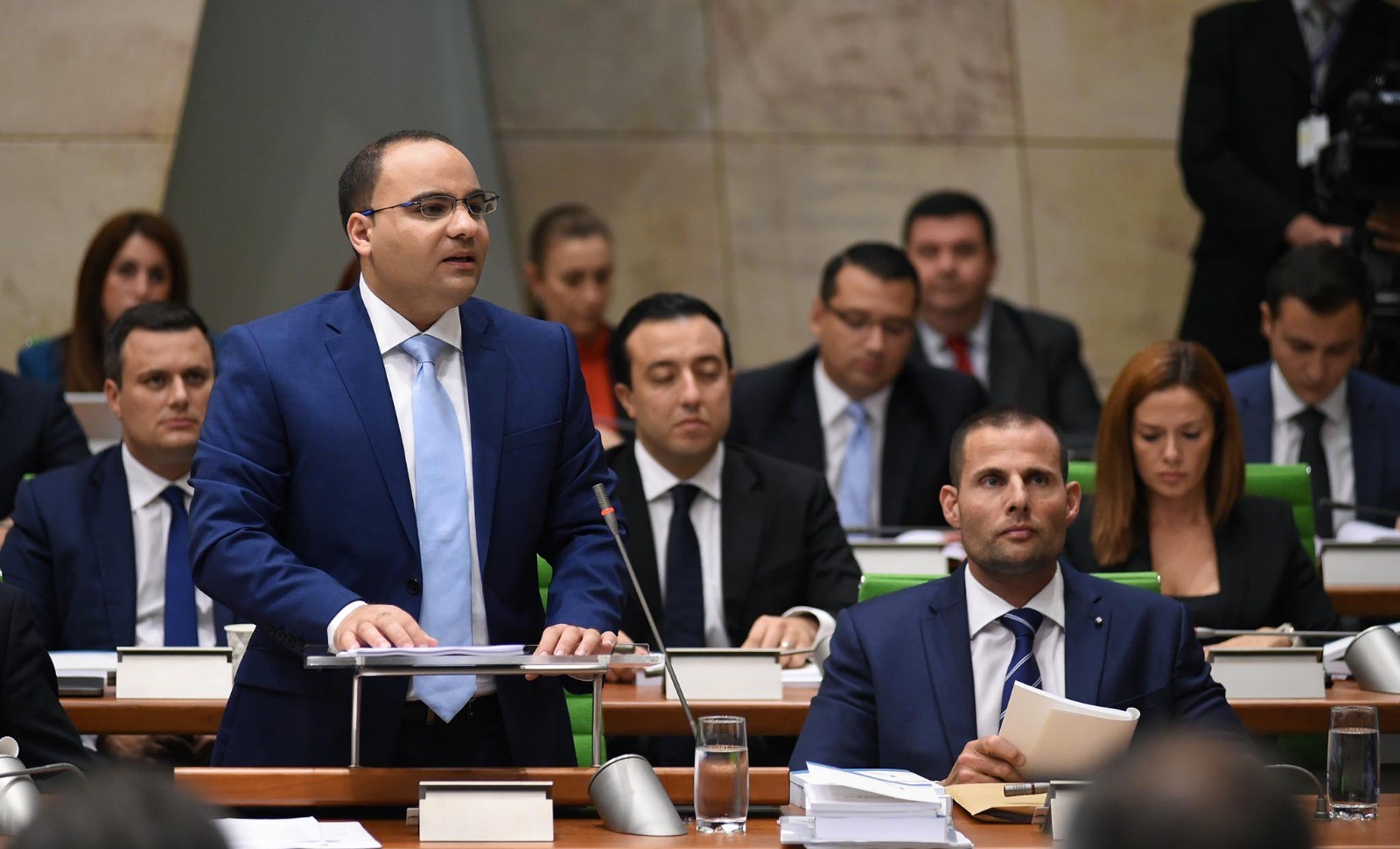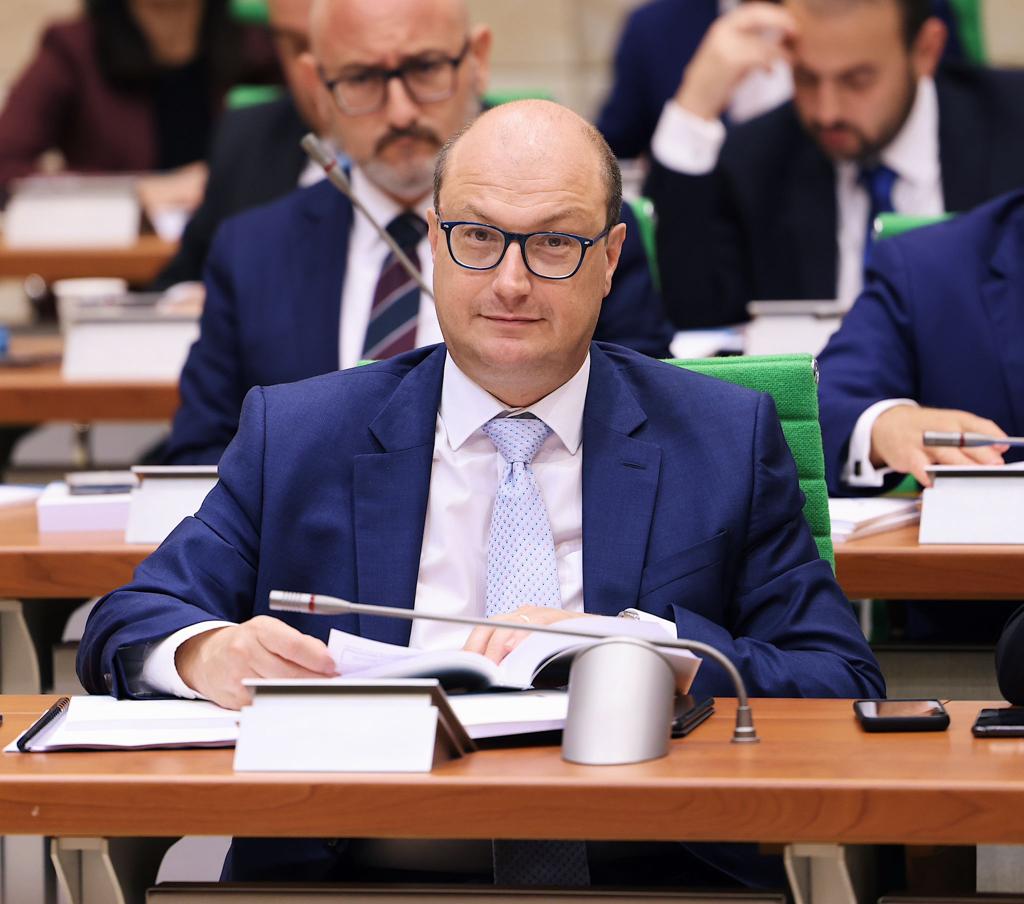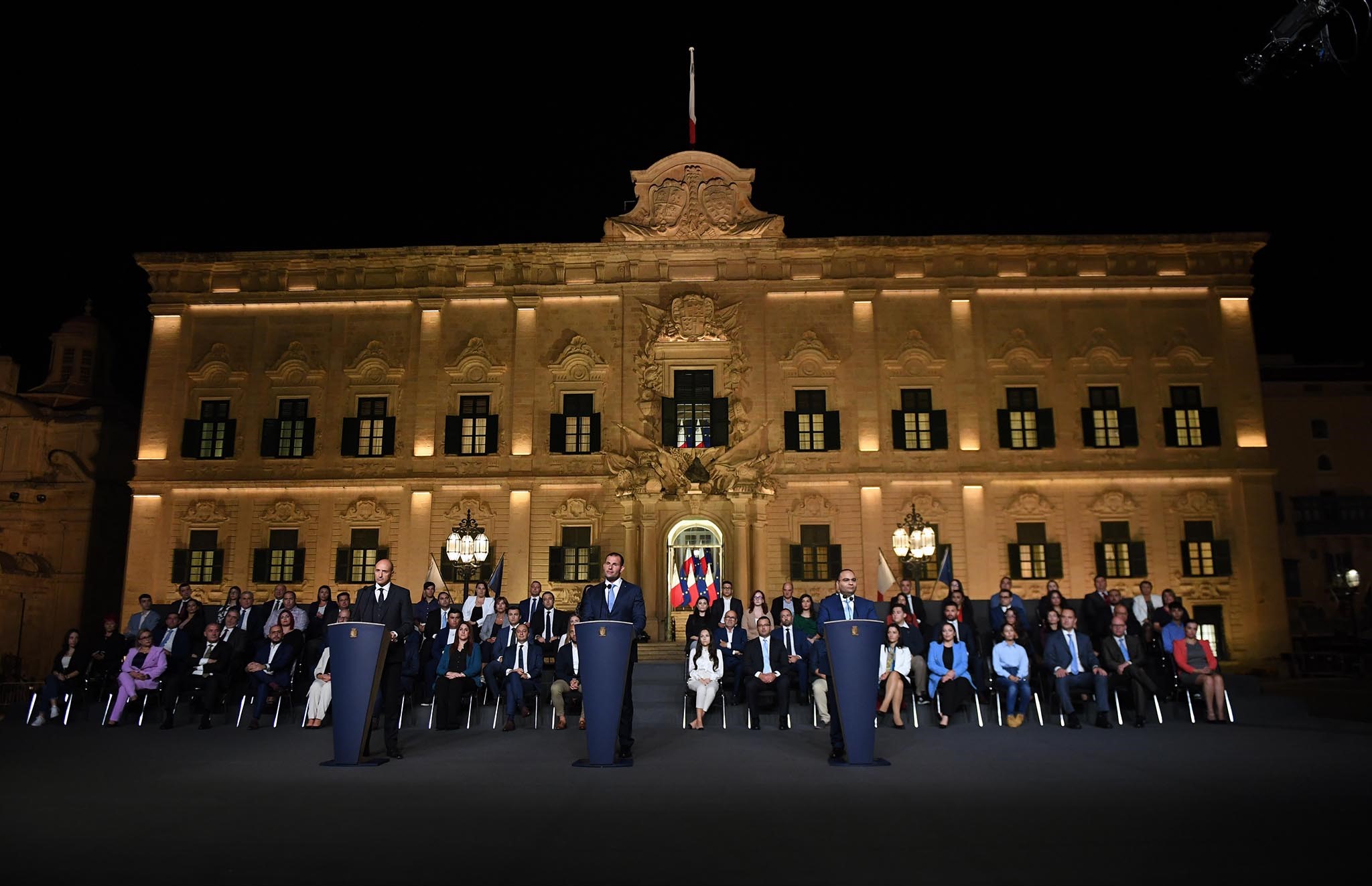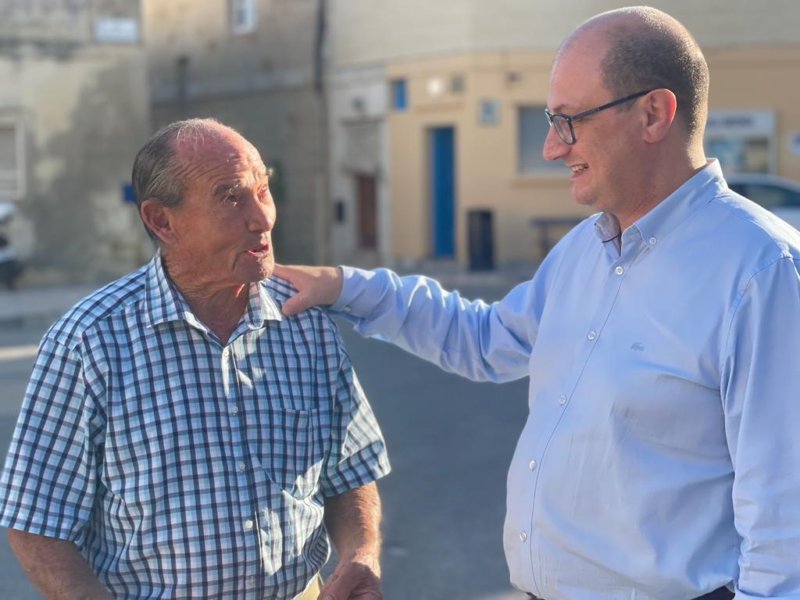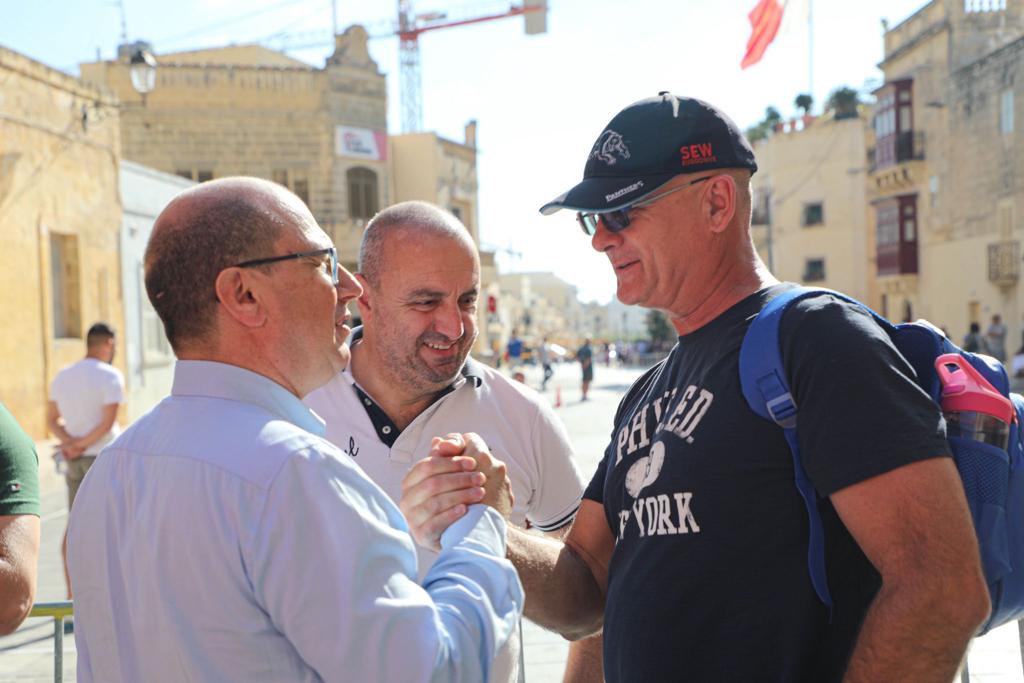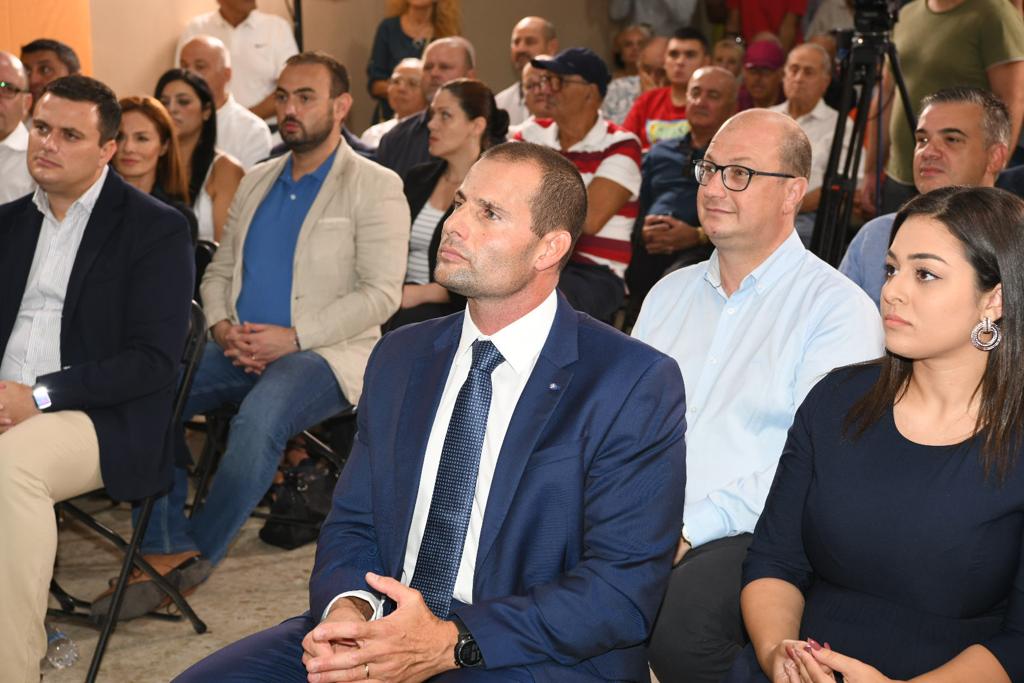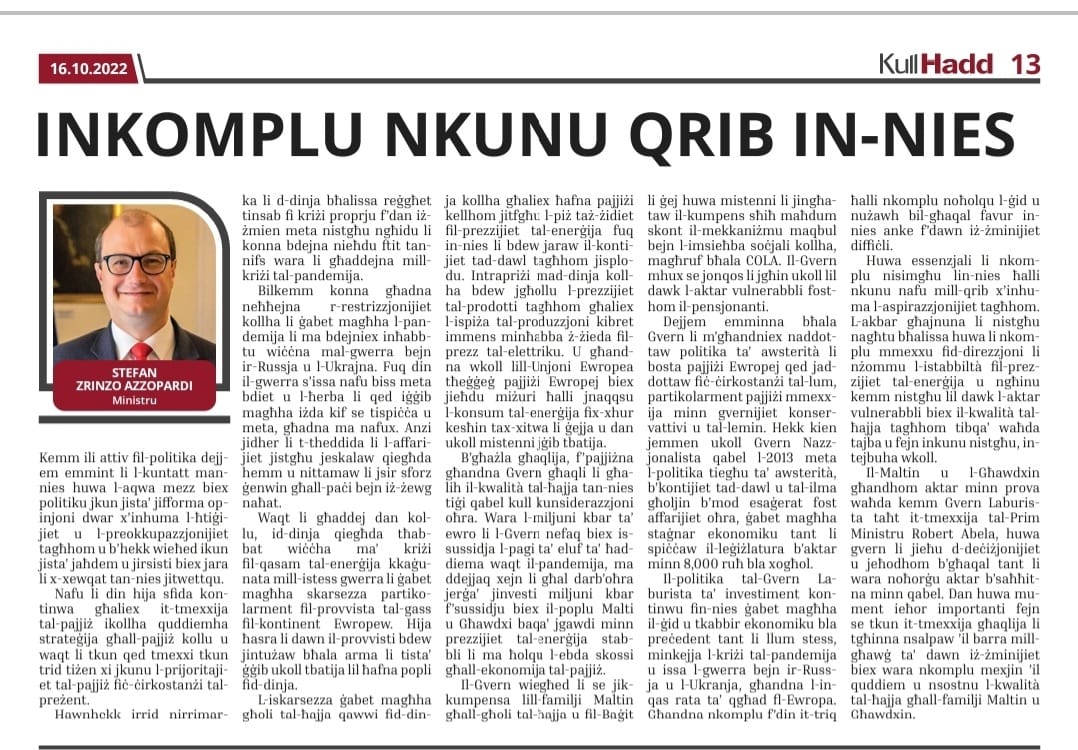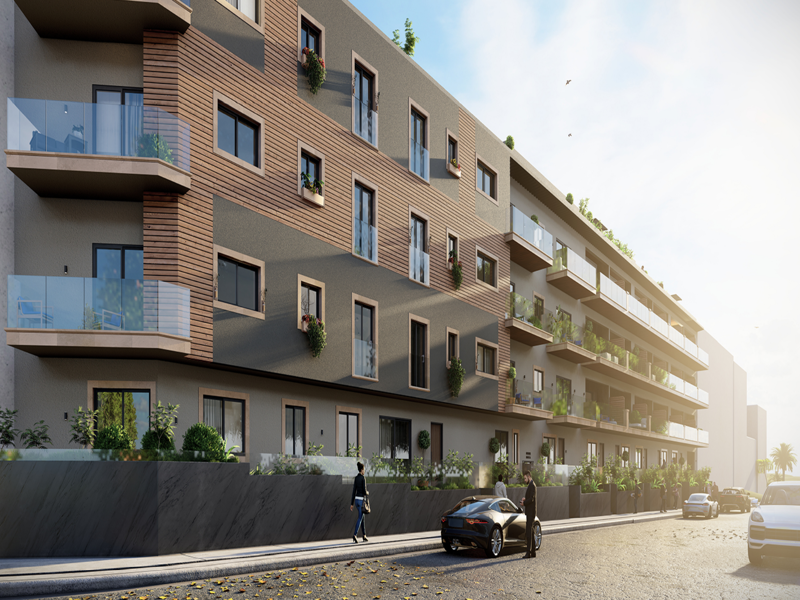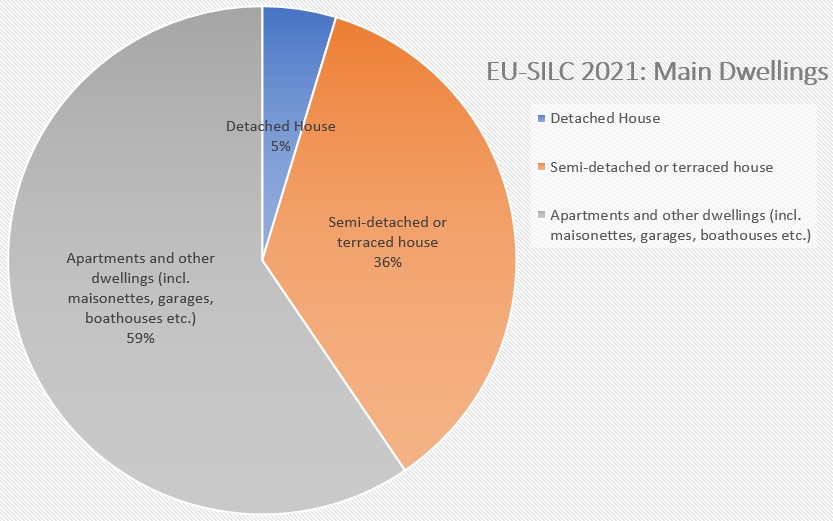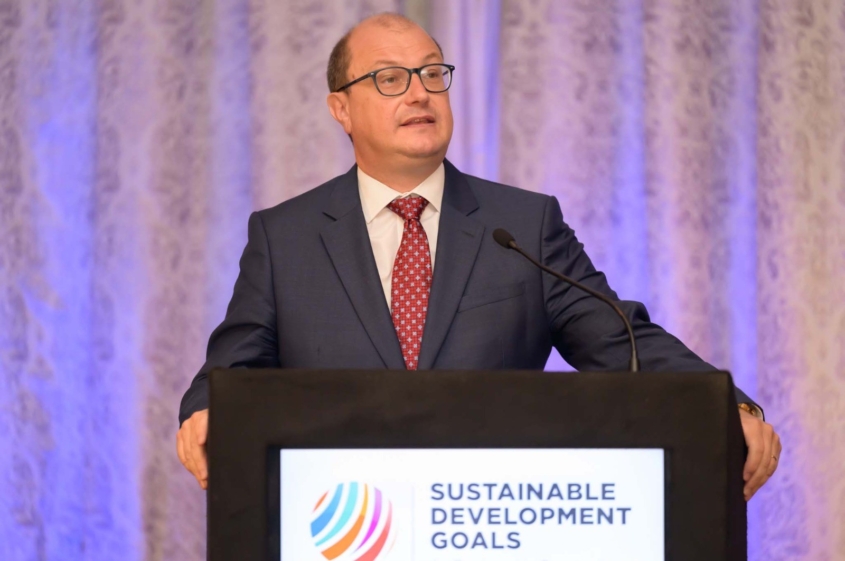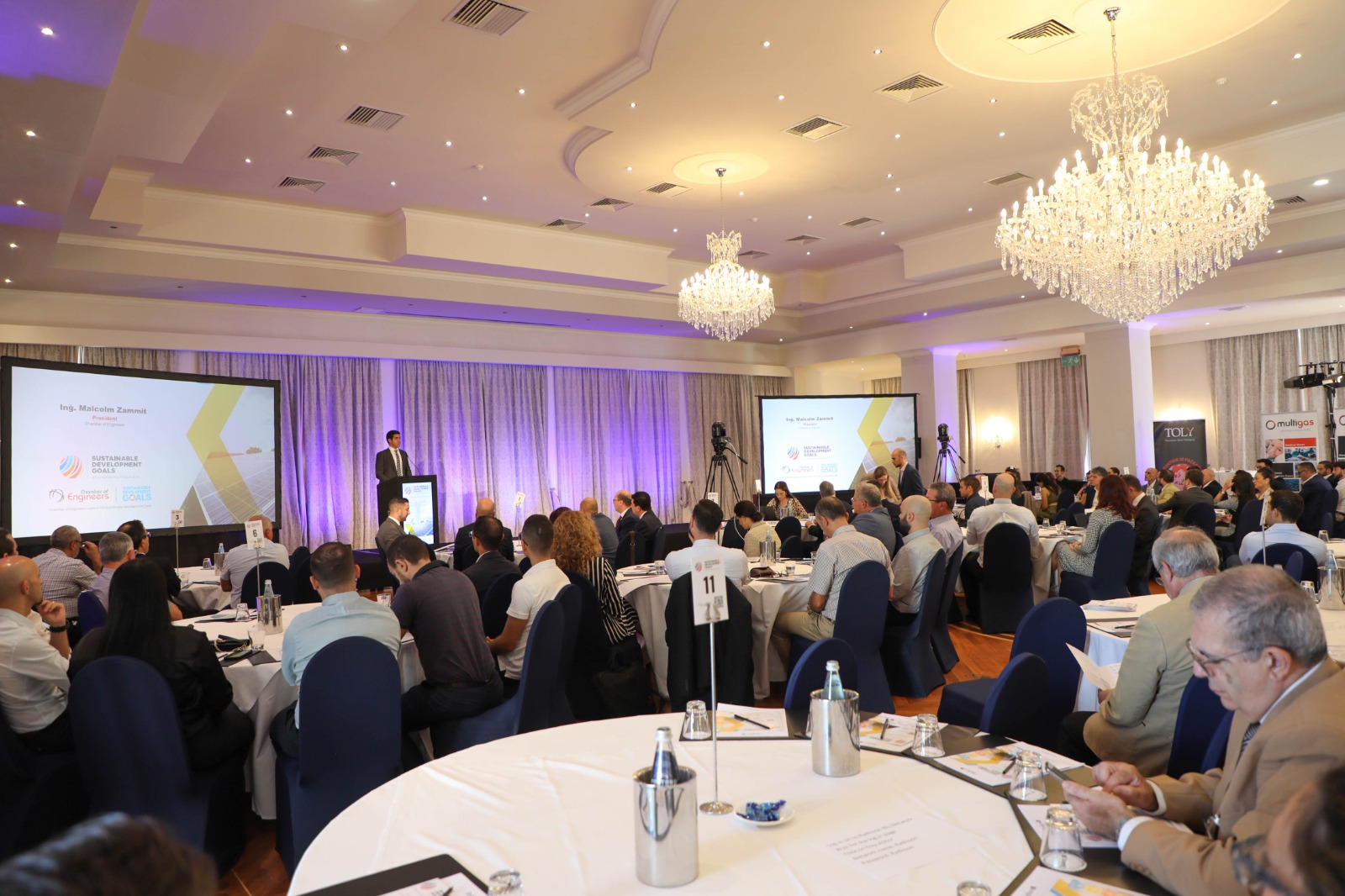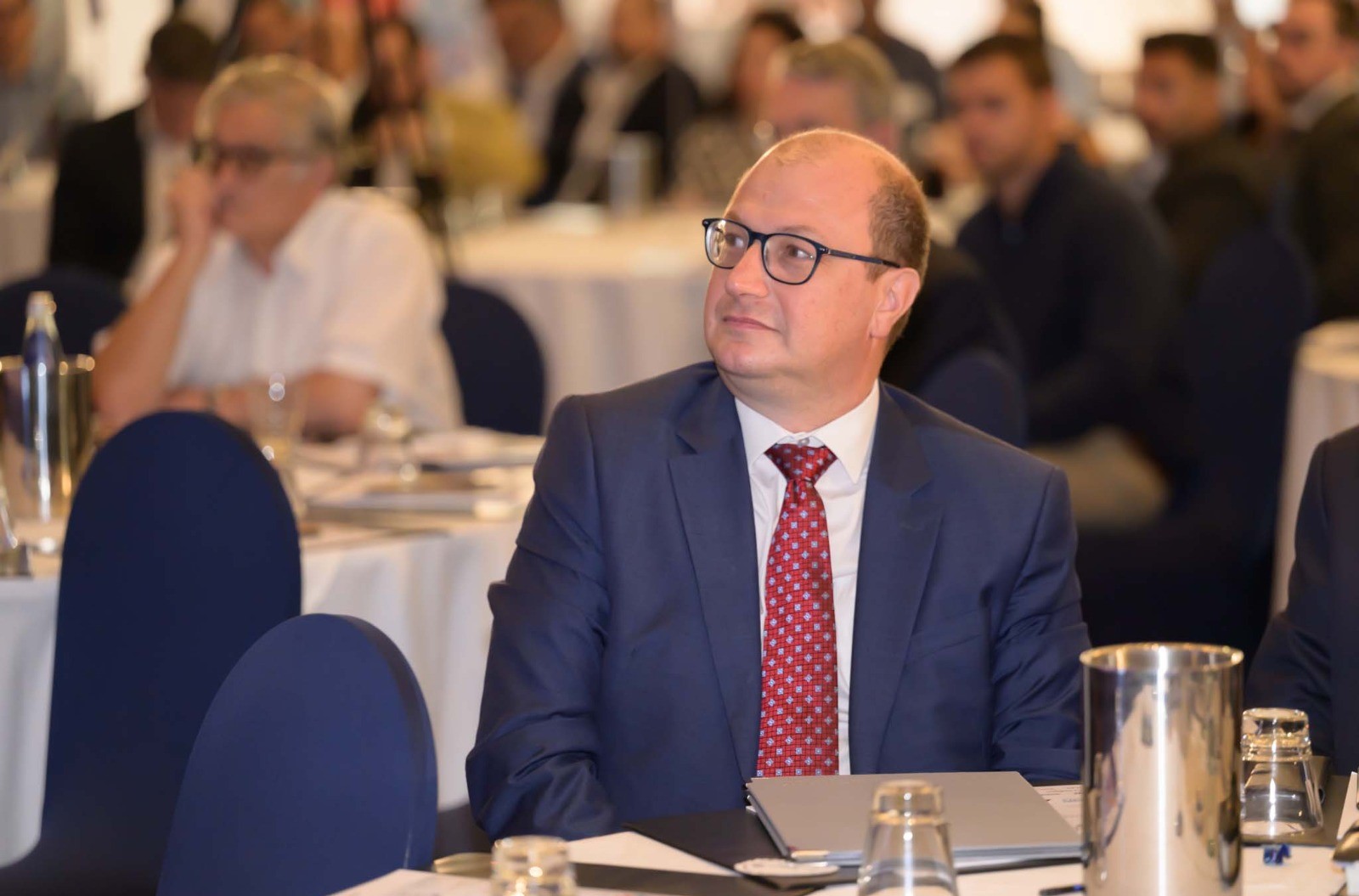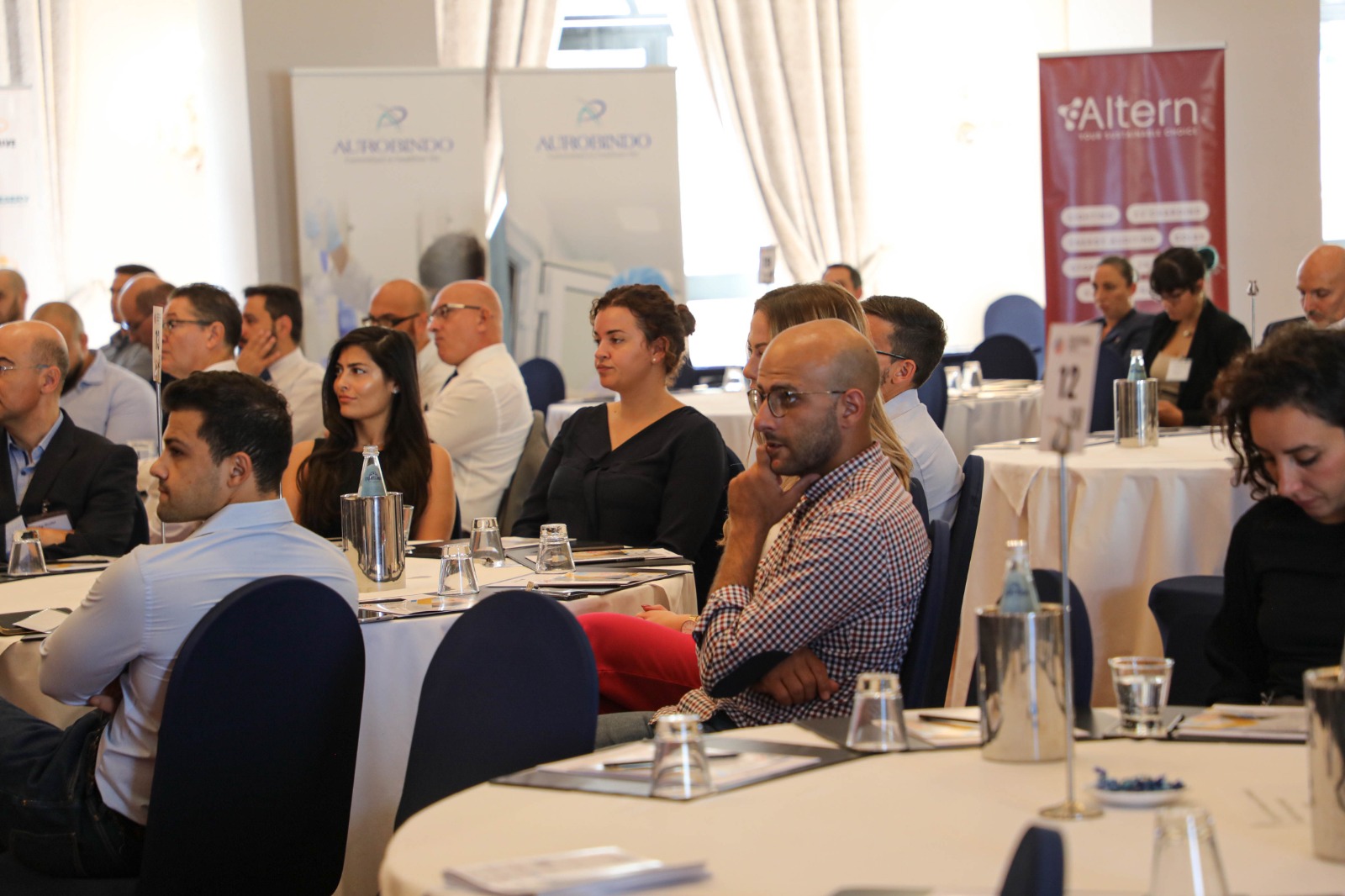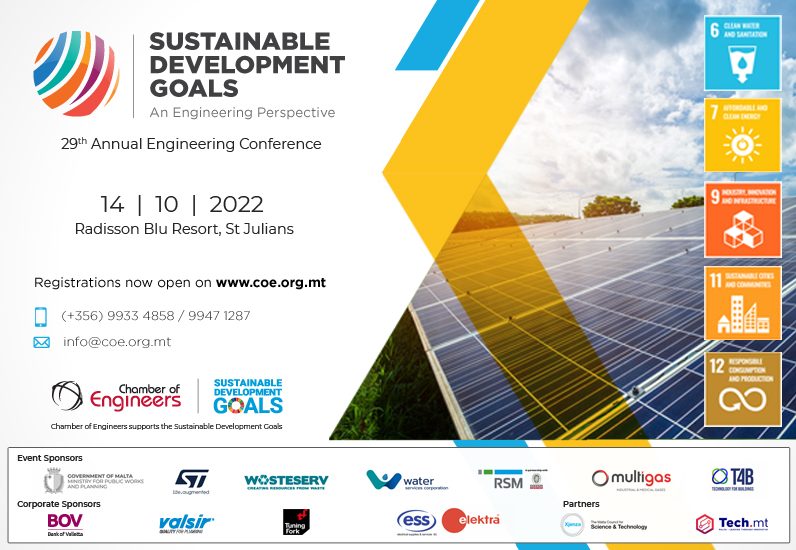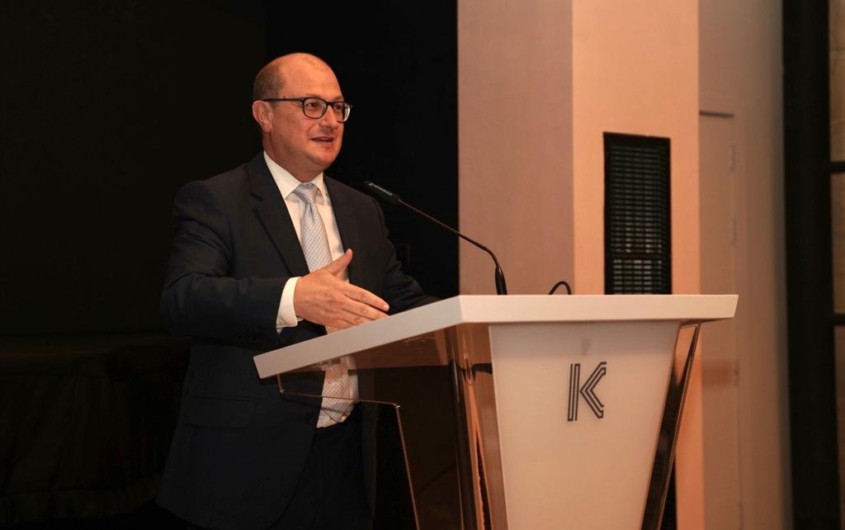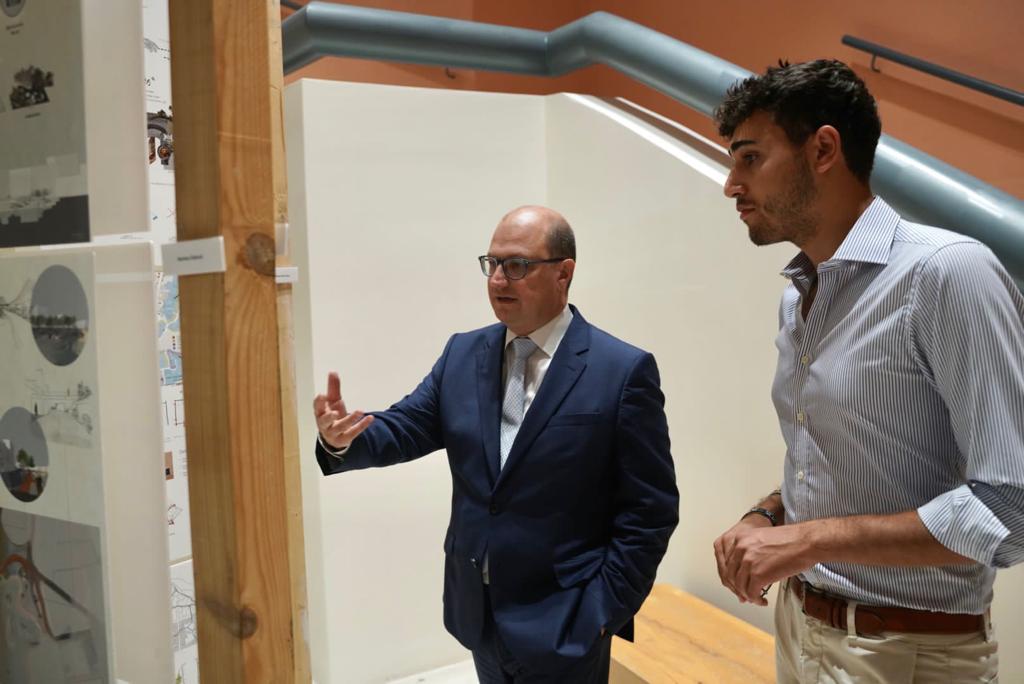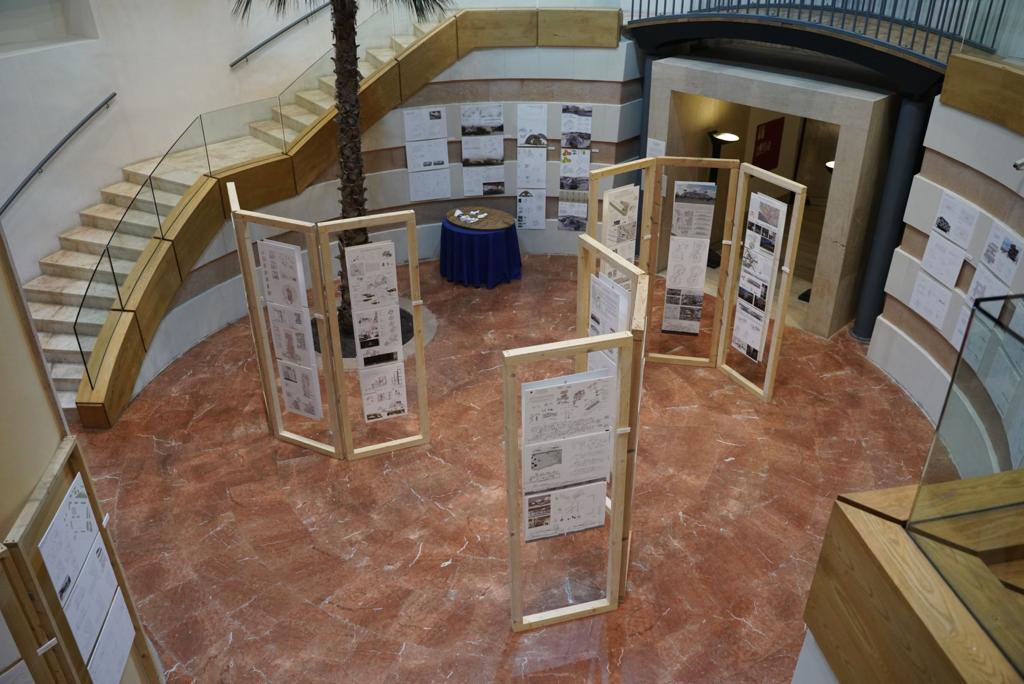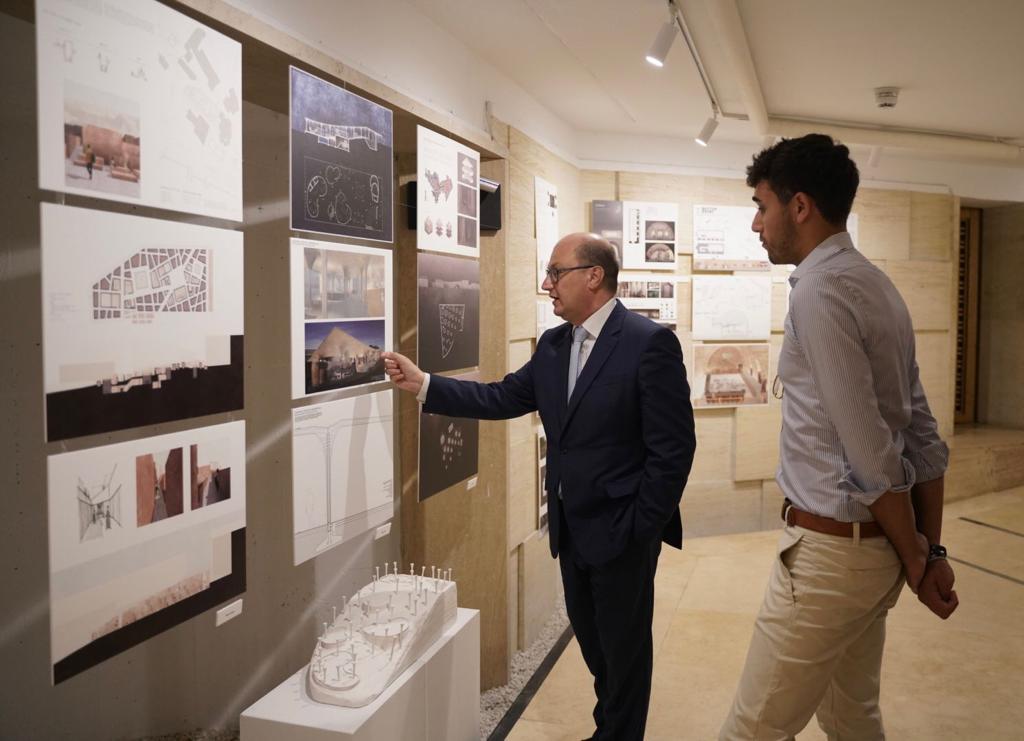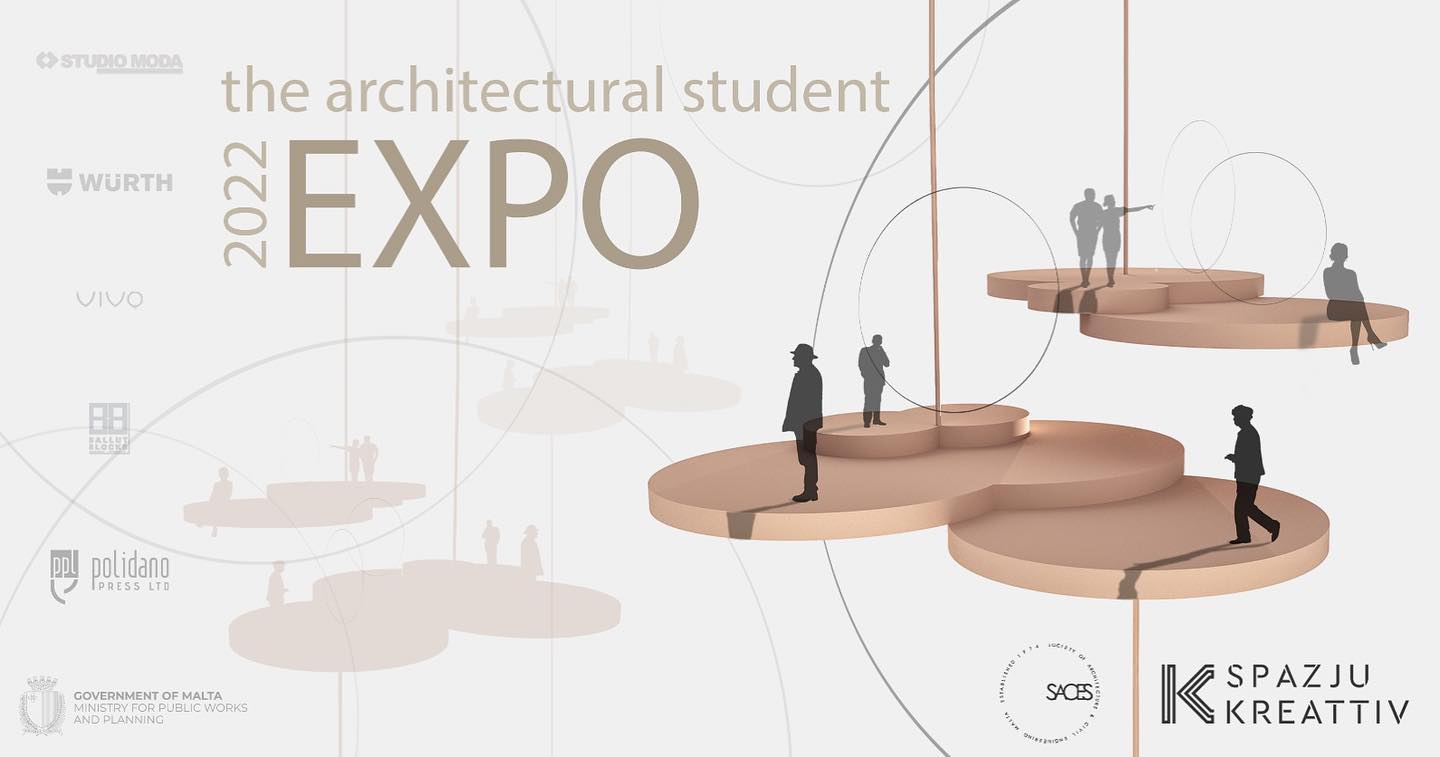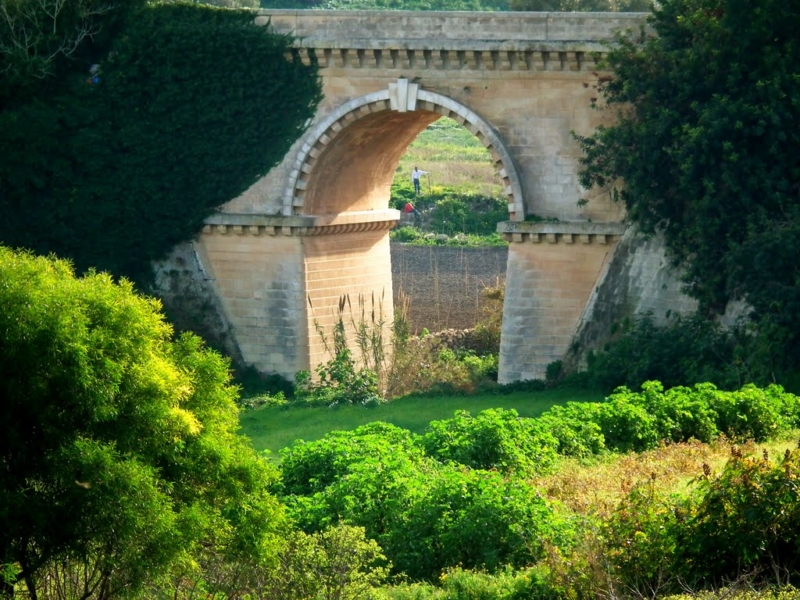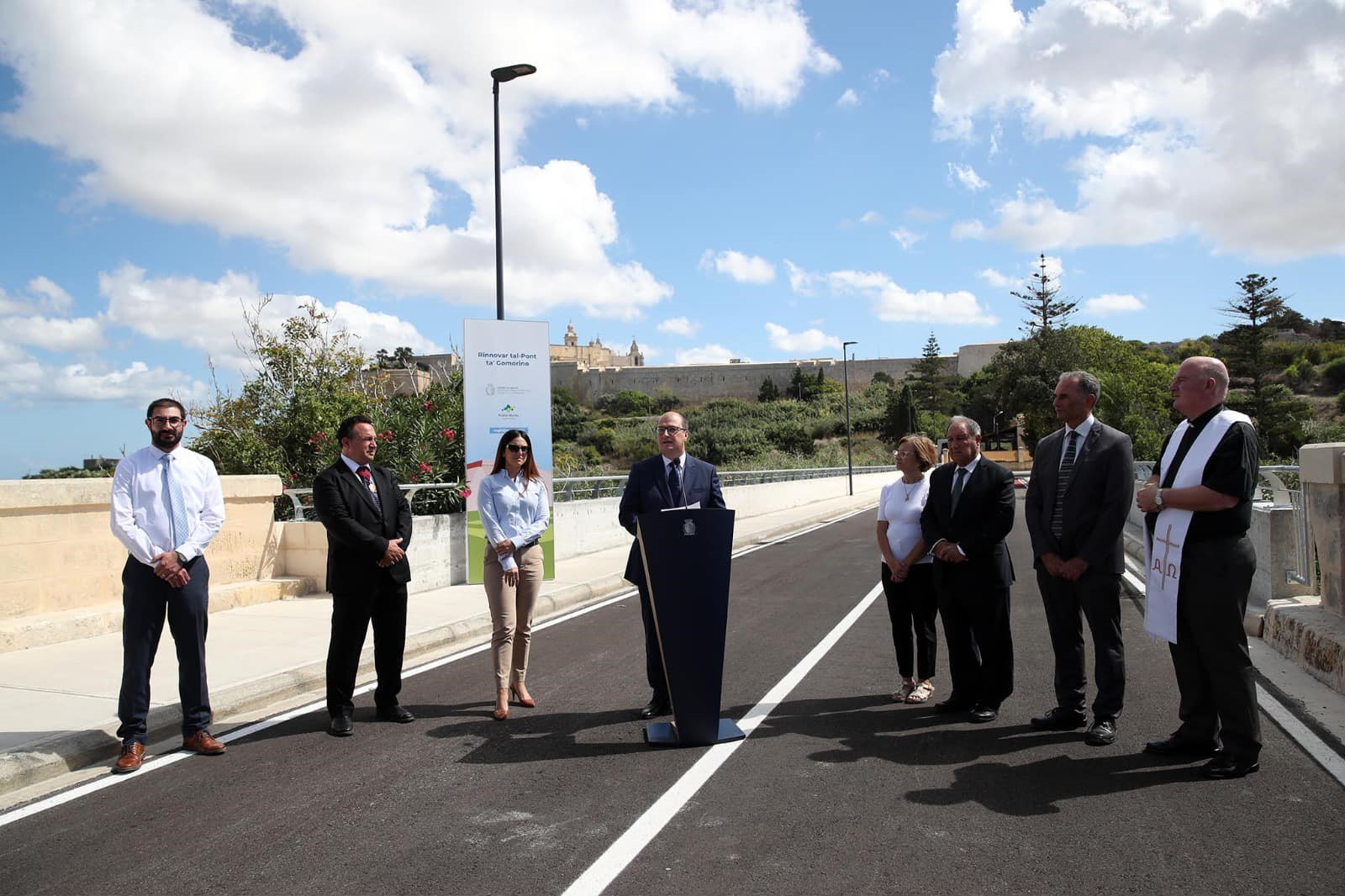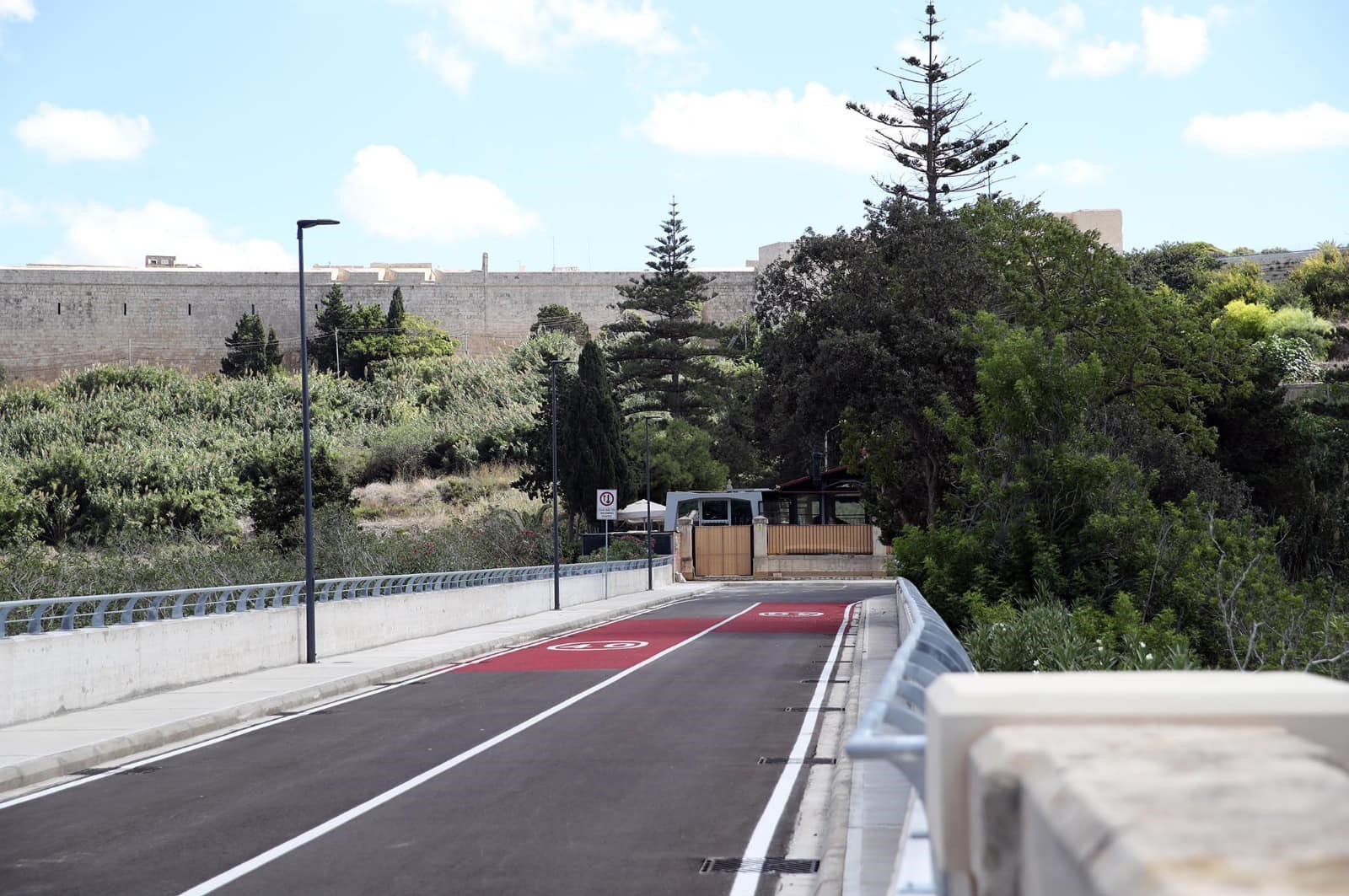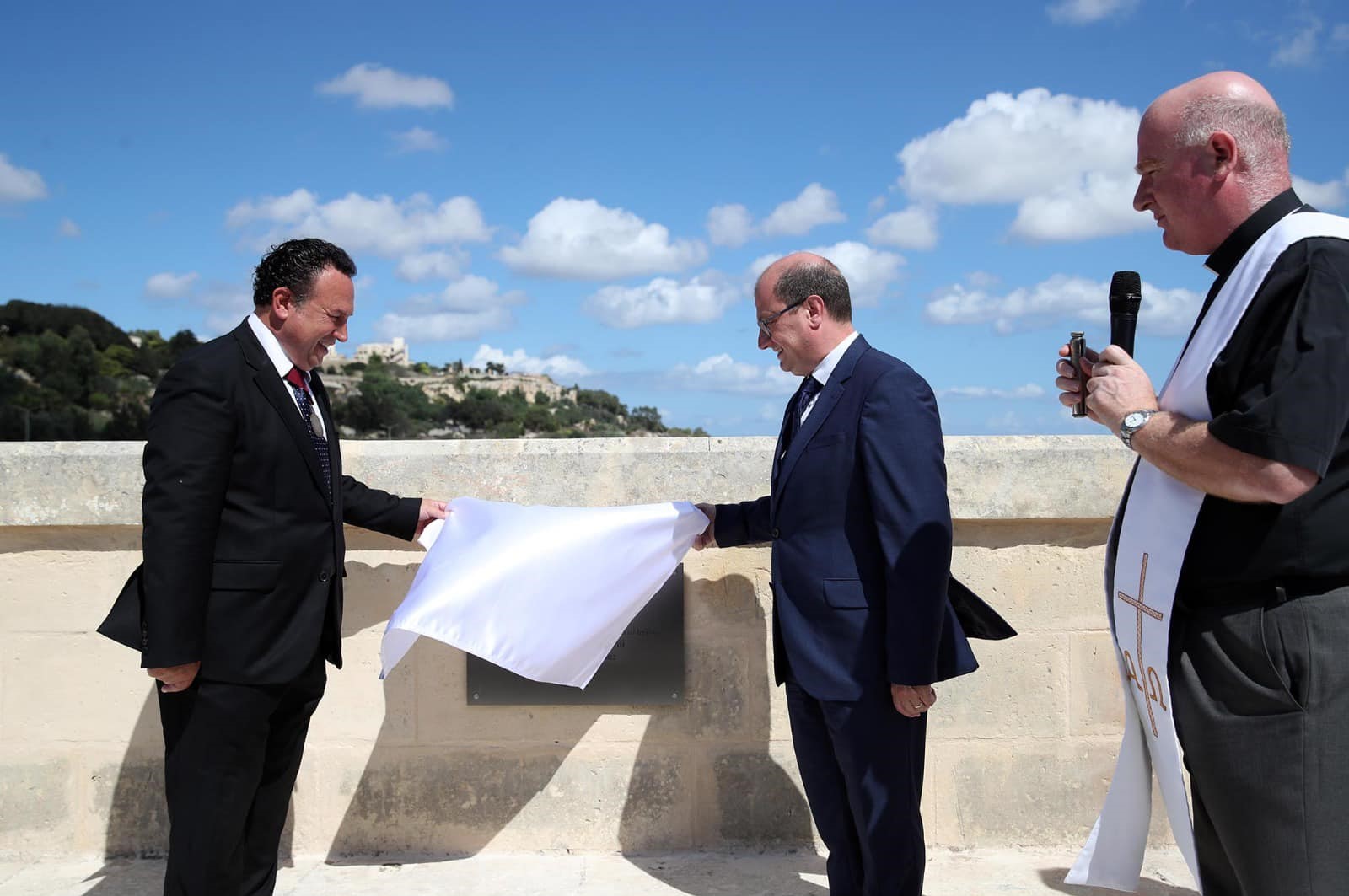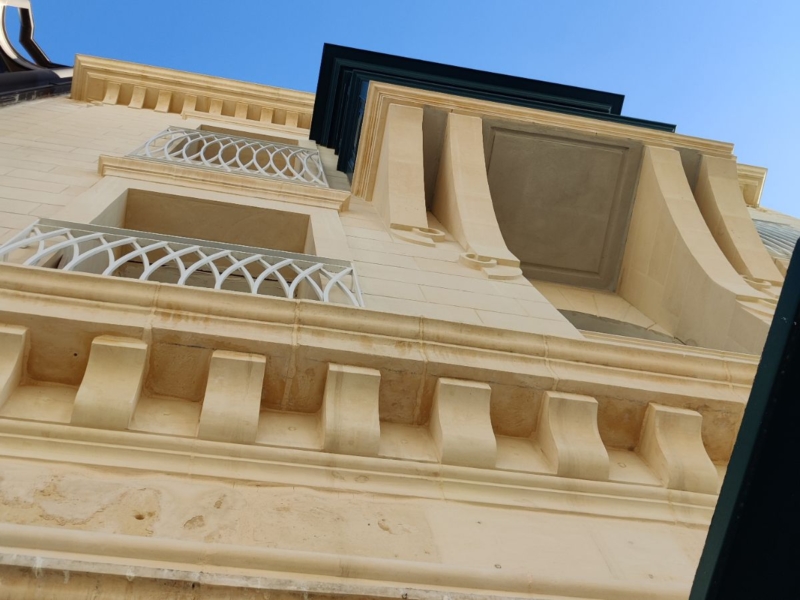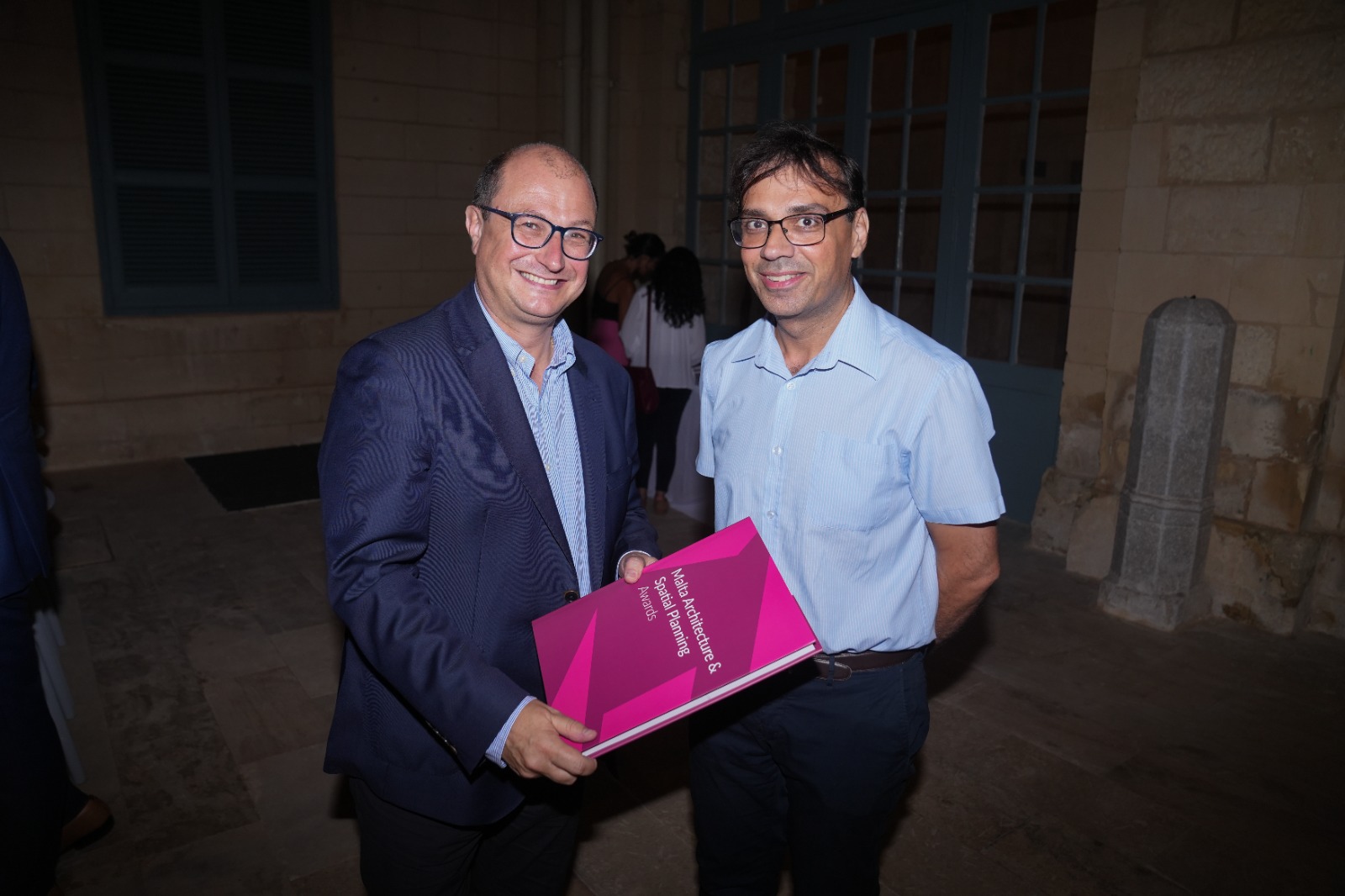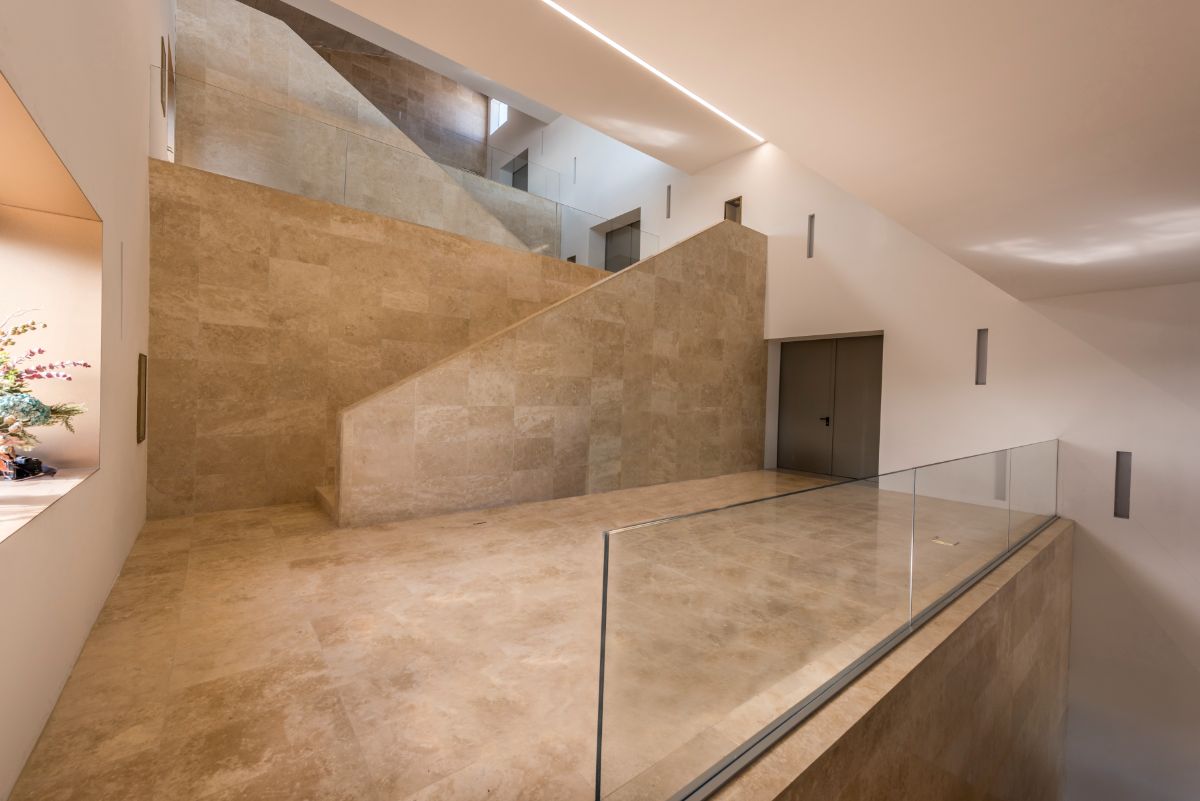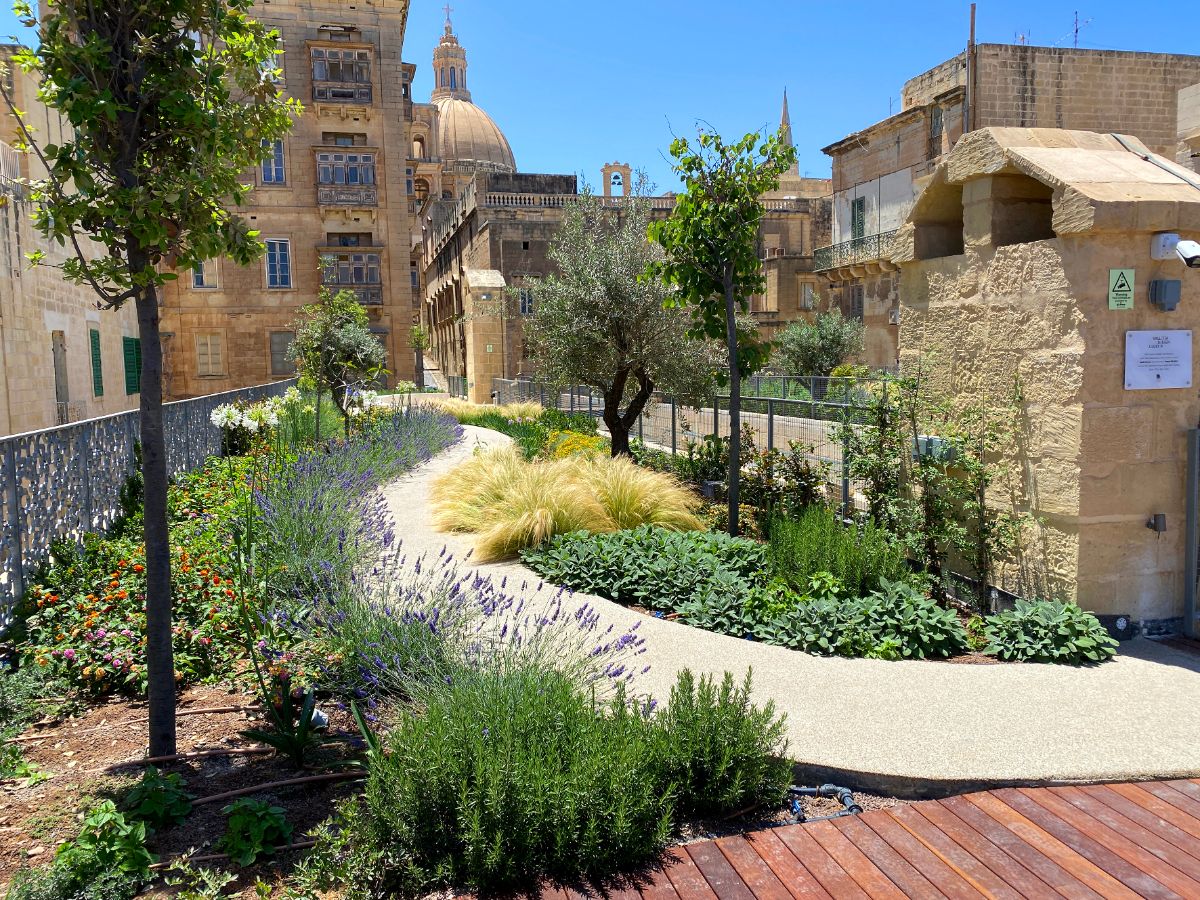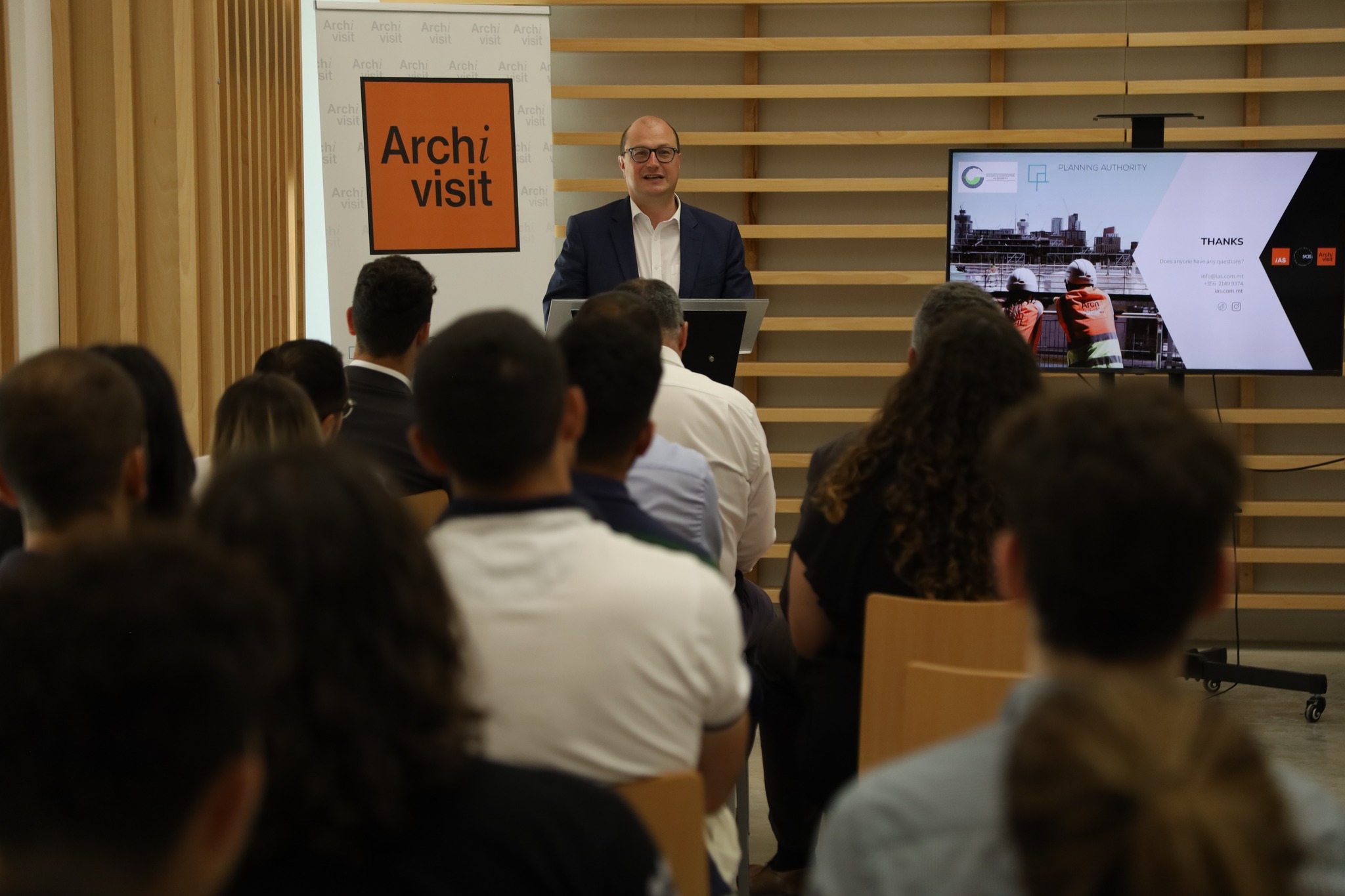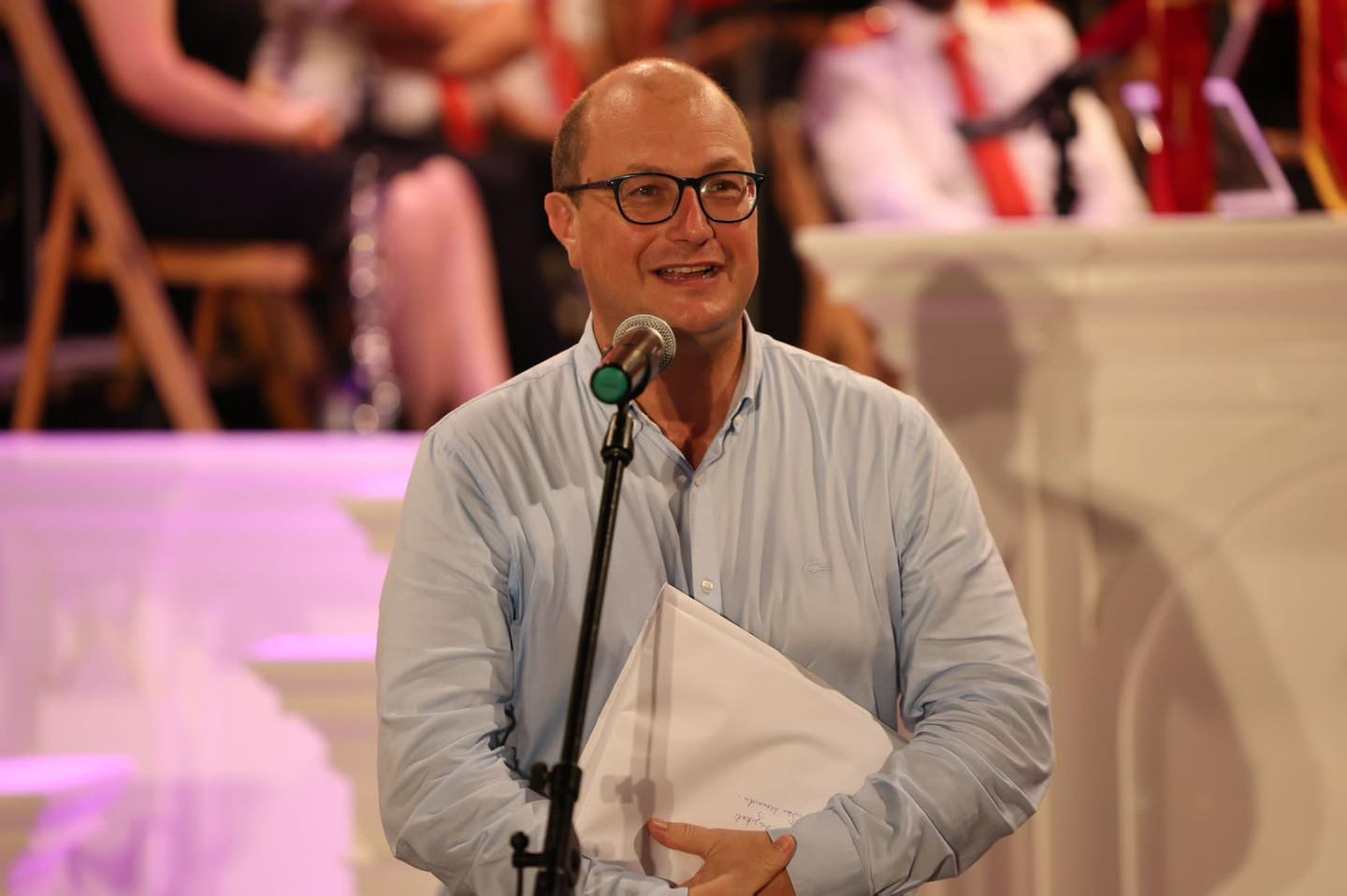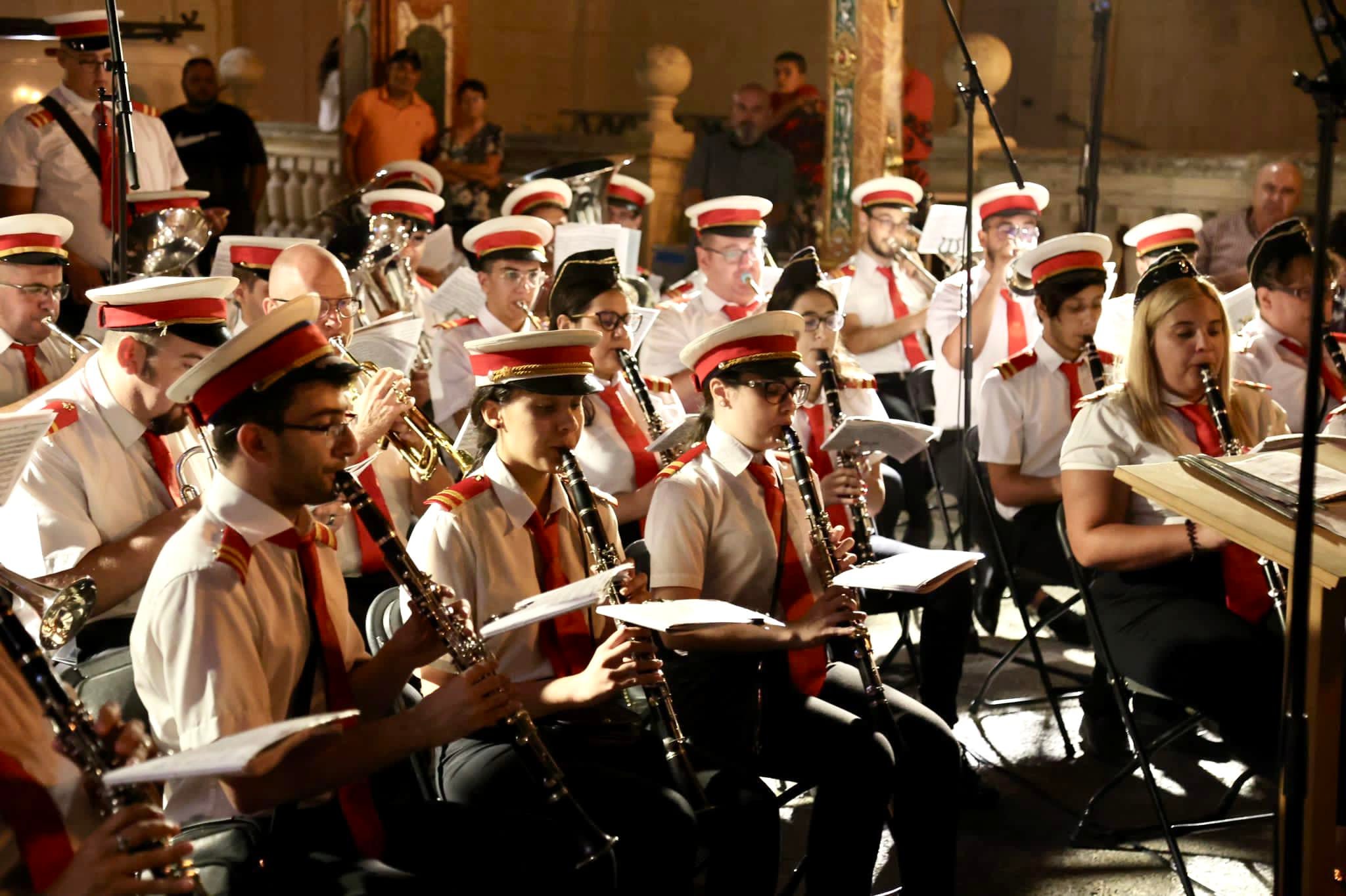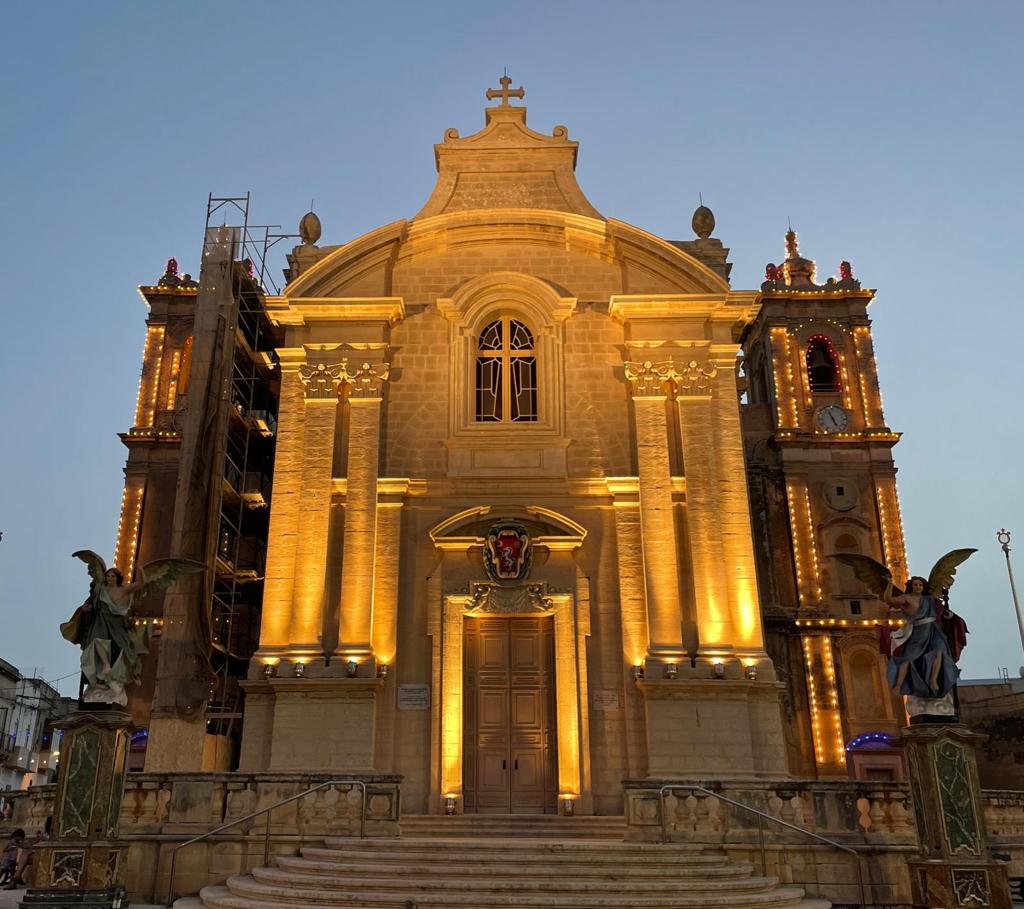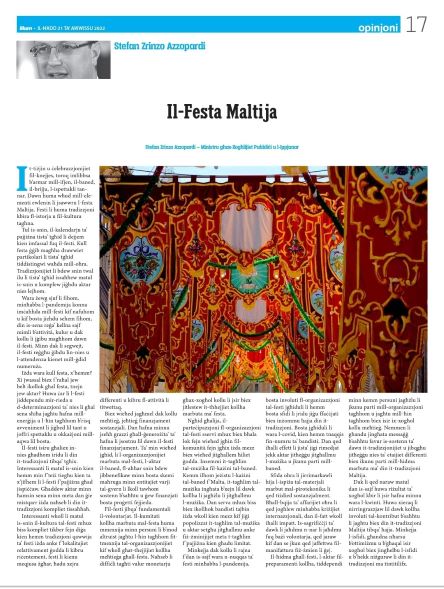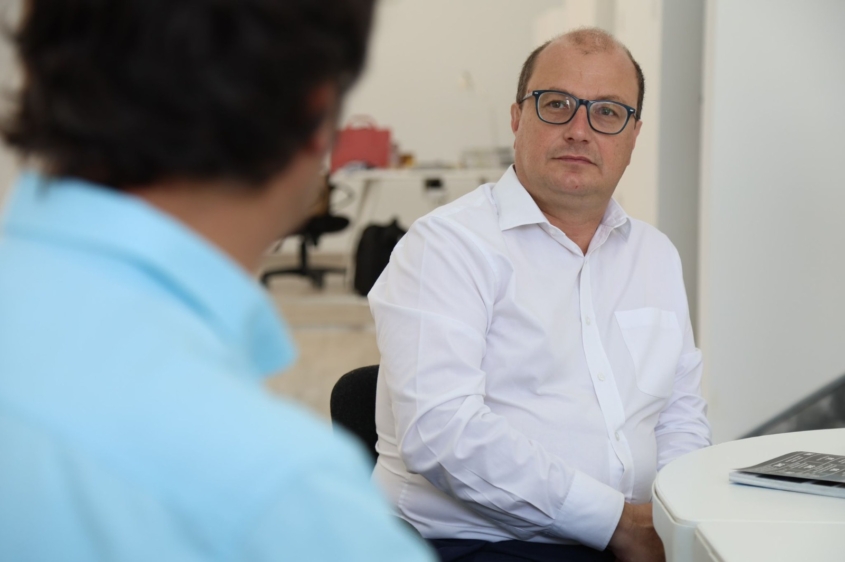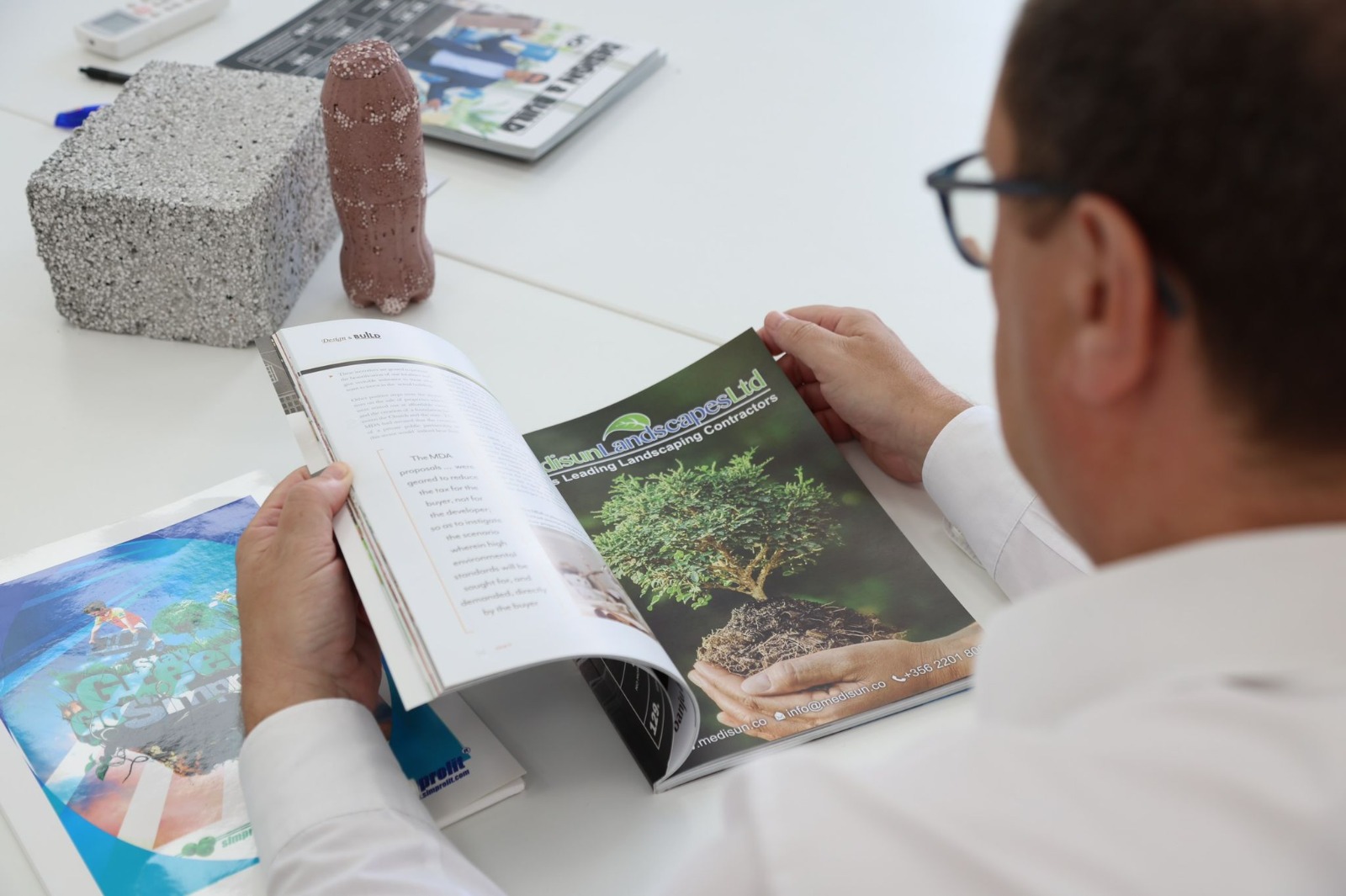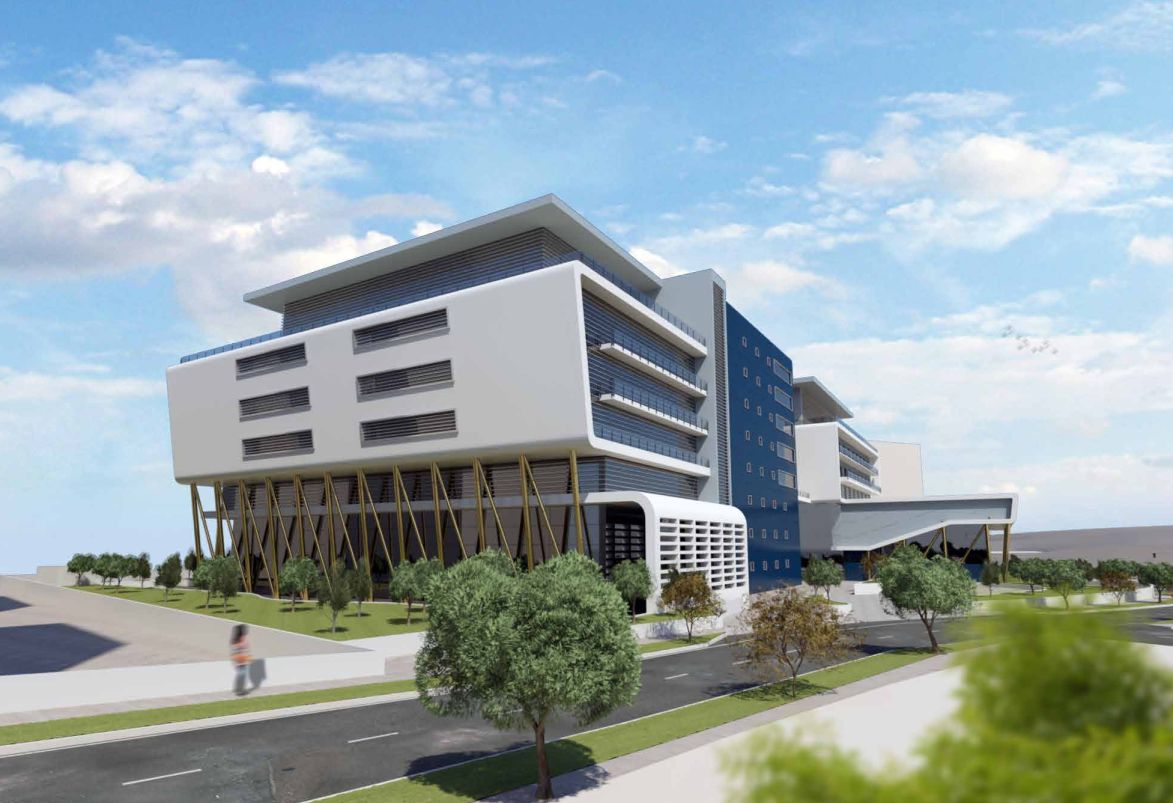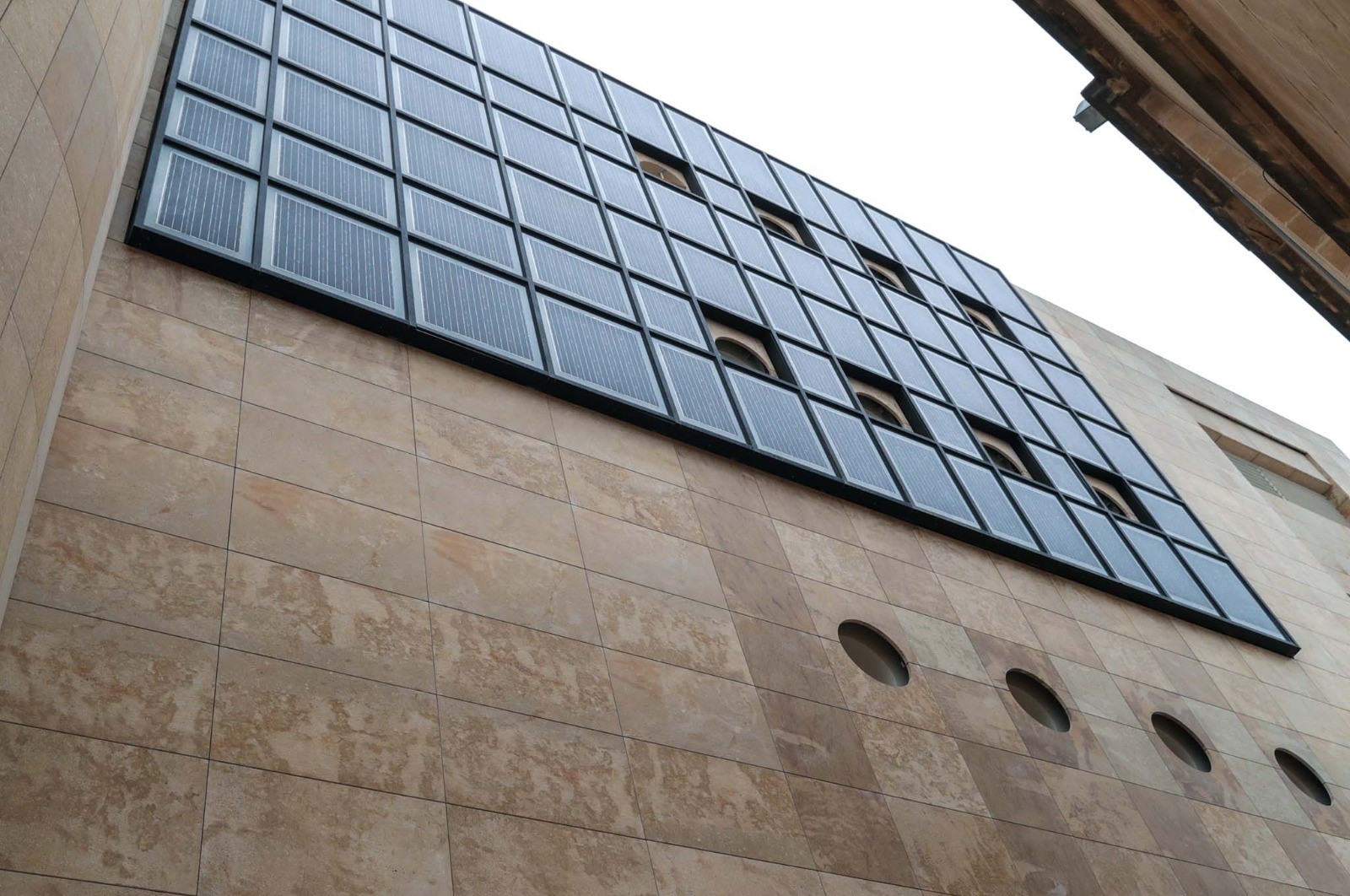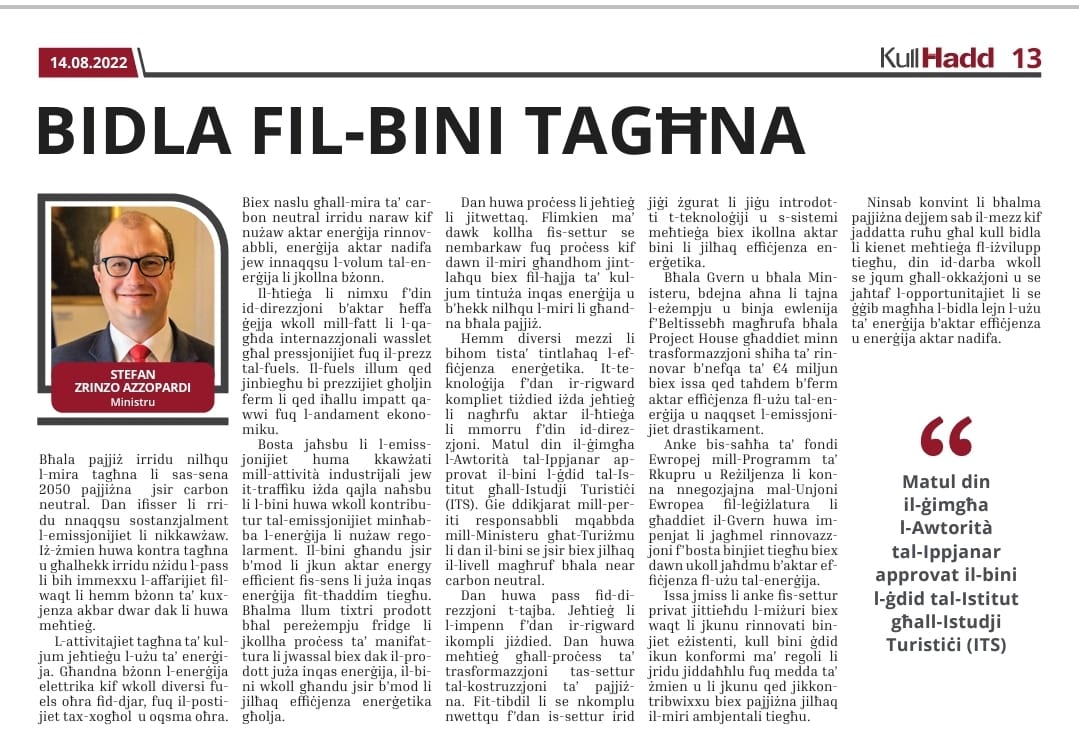The Ministry for Public Works and Planning always welcomes initiatives and events that serve as a platform for information, debate, and an exchange of best practices. It is precisely for this reason that I was delighted to be invited and be part of an excellent panel of speakers at the First International Built Heritage Conference in Malta, organized by the Chartered Insitute of Building in collaboration with the Malta Chamber of Construction Management.
Since early school days, children are taught that Malta as an island came to be from sedimentary rock. It was cast by the elements, it sustained natural changes, weather conditions, and persisted, only to come into being. It is the quarried limestone that has shaped our architecture since time immemorial. Politically, the island passed from one ruler to another, who all impressed their own cultural traits on the Maltese community, left traces in the language that the community speaks, and prominently left marks on the architecture around us.
We are, indeed, what we went through, as a nation and as a country aesthetically. The types and forms of buildings around us, as foreign visitors often comment, immediately give the feeling that there was a long and winding history which brought us to this present moment. And that, in fact, is a perfect summary. It is also my view that, we have the tendency that our nature feeds on its physical surroundings. In that as much as we as humans, feed on the social interaction we are exposed to, we also feed from our physical space which we orbit.
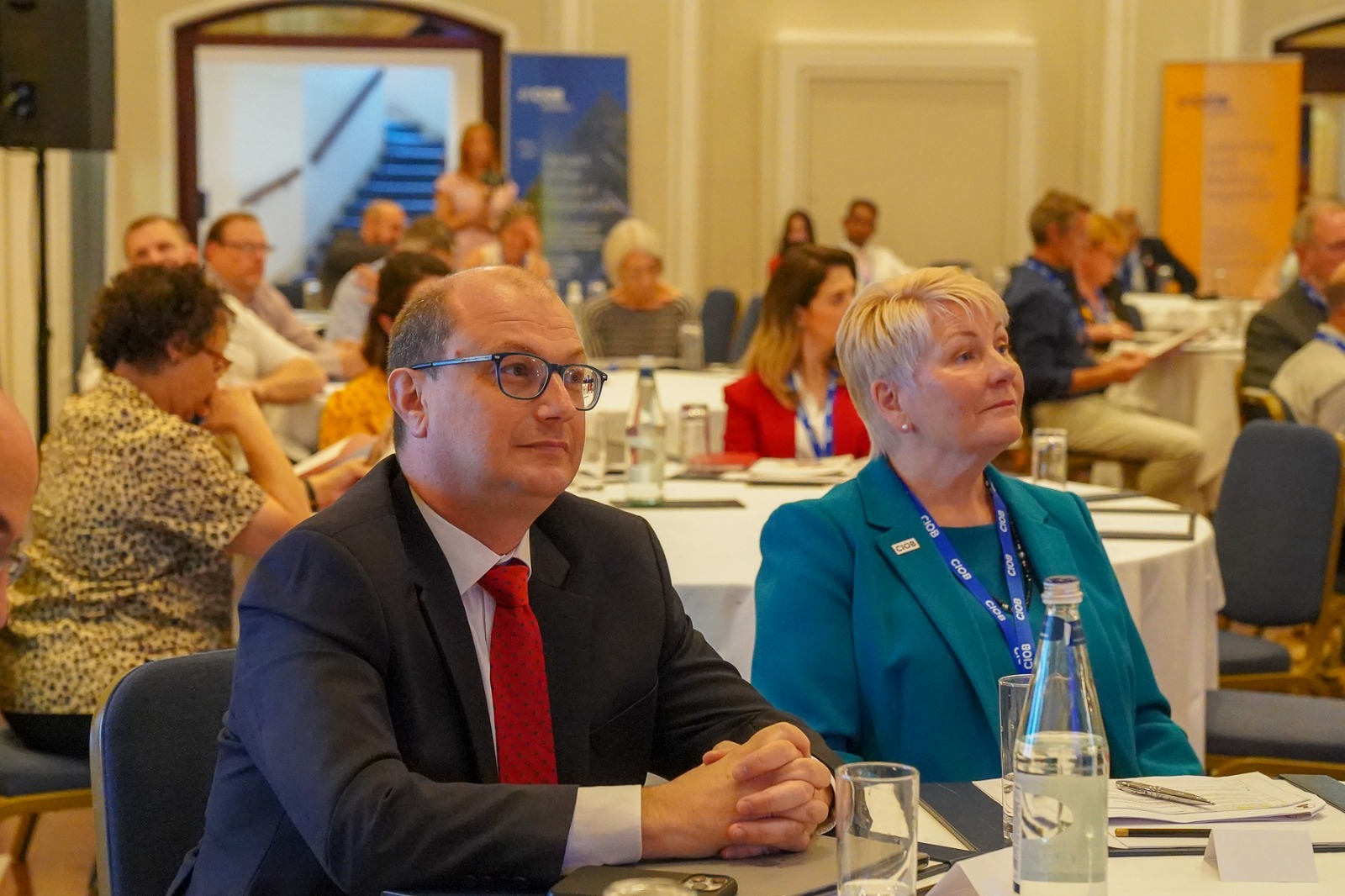
Why is all this so important? Because our surroundings should be reflecting ourselves, our lifestyles, our needs, our nature as humans, and as Maltese. It is this heritage that shall lie at the basis of the route we shall designate into the future.
The preservation of historical landmarks is not merely done in tribute to our past but serves as a resounding expression of our identity.
We owe it to our ascendants, as much as we owe it to future generations. Historical architecture reflects our own experience and nature as a nation; thus, it shall also inspire the built environment we design for the present and the future. The present general mindset is rightly set on quality – quality of life, quality landscapes, quality environment – and rightly so. People expect and yearn for quality.
It is essential, to make sure the new spaces we are creating – whether built or open – are made with these principles in mind, but at the same time, there is also so much quality around us, which we inherited from past generations, which can impart a handful of lessons. Lessons in design, space utilization, airways, and insulation together with other features which make for an energy-efficient building.
It is with this mindset that our public authorities, most prominently, the Planning Authority, but also the newly set Building Construction Authority, regulate first and implement schemes to preserve and to cultivate private buildings of historical value. We are decisively acting to update and upgrade the construction sector with a clear objective to ensure better quality all round, we must ensure further restoration initiatives as well as adapt and embrace new buildings technologies to address present and future challenges. They are the path to quality, beauty, and above all sustainability in the face the change in climate.
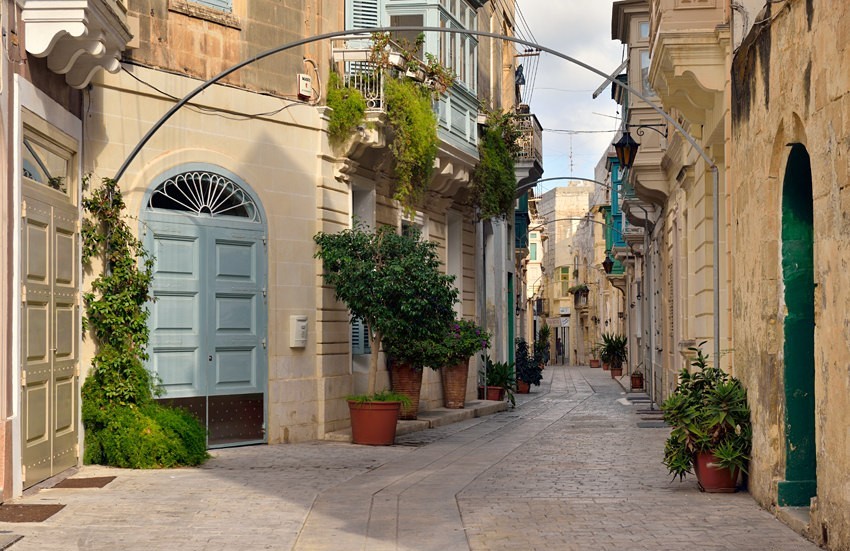
The government is increasingly supportive using the carrot, rather than the stick, to enable private operators’ preservation of the architectural beauty of our island, and through it project our future. First time buyers today, are not simply encouraged to buy a property, but through significant grants, they are guided to opt for properties in the Urban Conservation Area, inside village cores. They are even more supported if they choose to purchase houses, closed which would have been closed and unused for years.
Whilst the central government is there to support, it is also there to lead by example in this sector. The process of restoration was indeed spearheaded by public entities which in the last years invested to regenerate the value of old buildings distributed around the island and render them useful once again to the public.
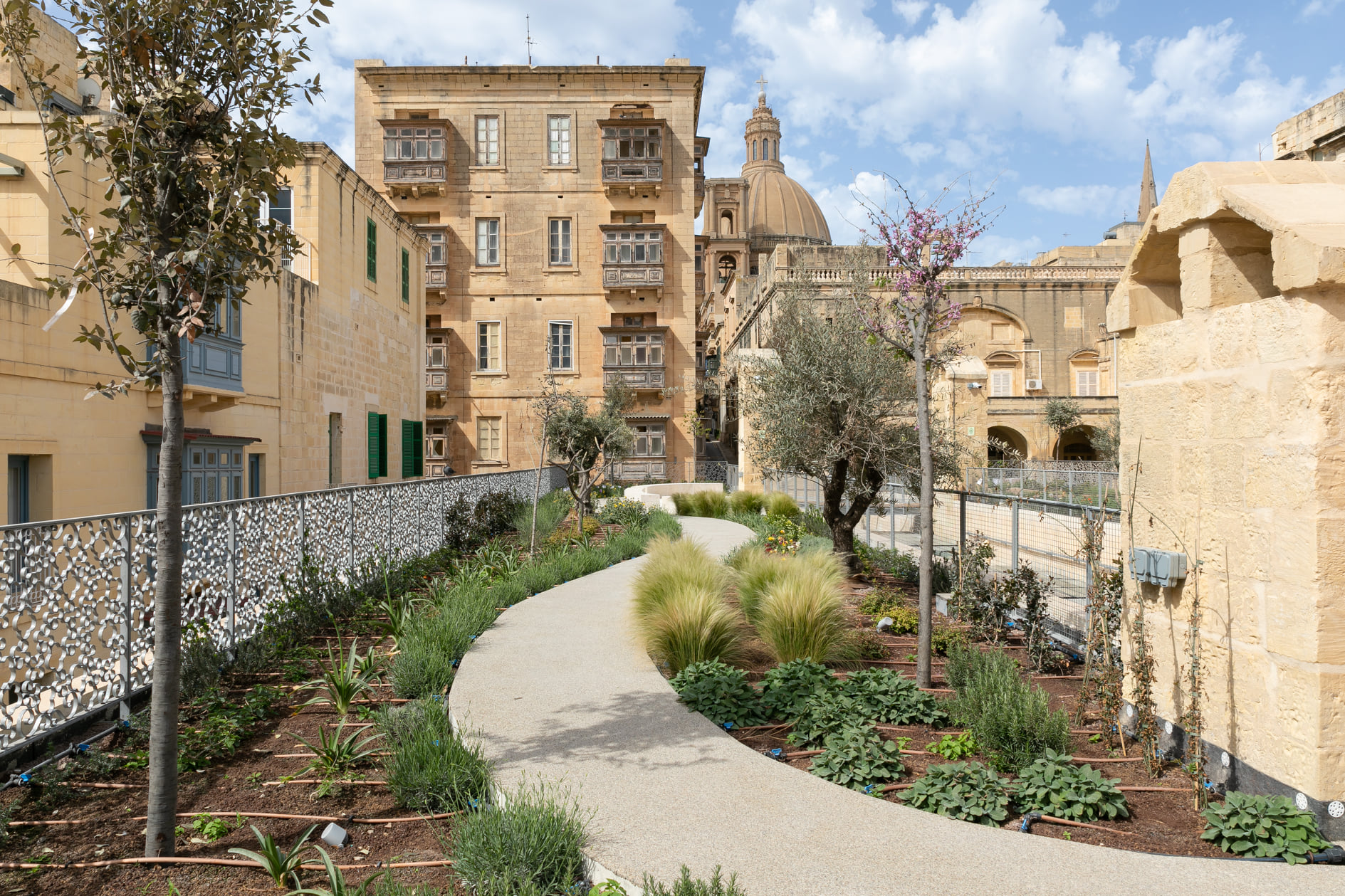
Valletta Design Cluster Roof Garden on site of the Old Abattoir – MASP Public Open Spaces Award 2021
I still remember the days when the Southern parts of Valletta, were in a derelict state. Nobody imagined, the huge positive impact that the repurposing of the Old Abattoir could practically change the scenery but also the feeling of the area. The project is inspirational in the way it gave a new life to the building. The intervention did not drastically change the nature of the structure. From a disused dodgy place, today it offers an inimitable space for local artists, for events as the Design Cluster become a location integral to the cultural scene of Malta which also boasts a beautiful garden accessible to the general public.
Lower Valletta offers a new vibrant experience today. The holistic project undertaken that was spearheaded by the Grand Harbour Regeneration Corporation under my chairmanship. An EU funded regeneration project that was devised to add value to the whole region – turned derelict buildings into usable communal spaces and public housing, rendering in a cleaner, more pleasant environment that is socially useful. I can mention other projects, inside or outside the harbour area. Whilst the process varies, the end remains the same. An old building was dying a natural death and with it, its story was perishing. Each project regenerated the same building and complemented it with sensitive design interventions. Each project is based in the principle of sustainability – especially environmental but also social and cultural.
Abandoned sites were turned into airy, beautiful public spaces. For public places aren’t only empty squares, but places where people interact, express themselves, and come together. The Government shall not relinquish its role to lead by example in this area. It shall also not stop increasing the private sector’s capacity to do the same. The preservation of our architectural landmarks retains value and adds value, and we intend to keep creating such value with a view to improved quality of life, touristic product and for the sake of beauty itself. Creating such value depends on alliances with educational institutions to train experts and instill a skillset which is then reflected in a quality-built environment around us.
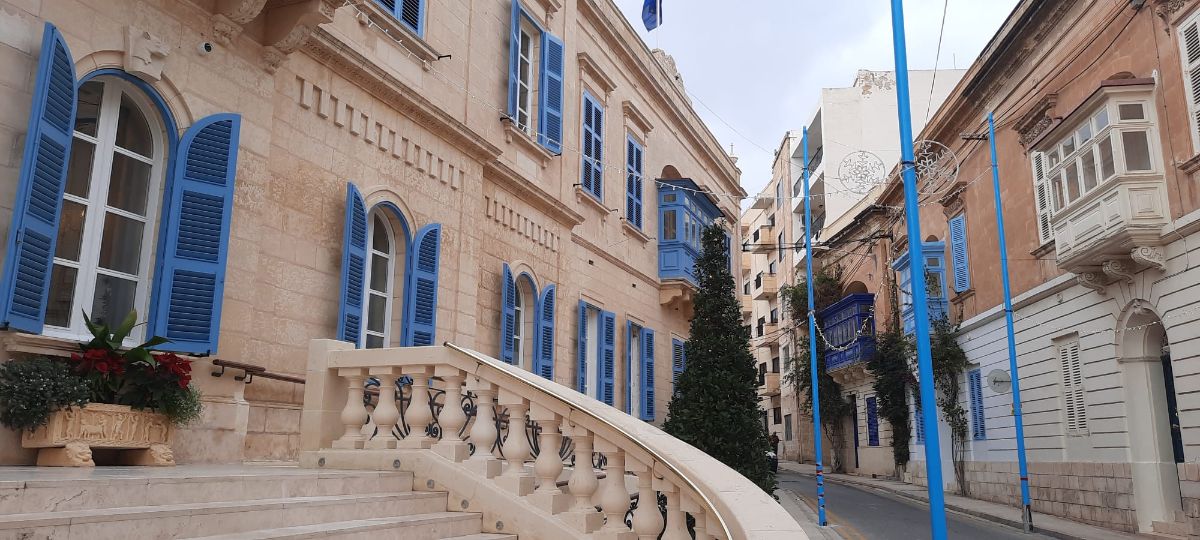
Award-winning rennovation – Imperial Residential Home, Sliema
It is essential that we continue to invest in capacity building. The protection of our heritage also depends on ensuring more expertly trained professionals in all aspects and related sectors to provide to provide the highest level of excellence.
One must also underline the extensive work carried out by the Planning Authority to schedule historical buildings in order the ensure the highest level of protection. As part of the planning the Superintendence of Cultural Heritage is extensively consulted. This is another means of ensuring protection to our architectural heritage. We can’t hinder progress. It all goes back to the planning process itself, which, in acknowledging and safeguarding the historical value of an old building, must find ways to permit a new sustainable use of such building. I am proud to see that funds collected from the planning process itself are being invested directly in the restoration of old buildings and breathing new life into them.
These initiatives need to be further buttressed by a vibrant and informed debate on an updated aesthetics policy for new buildings and other projects. It is essential that all stakeholders engage positively in forging a way forward to ensure that we respond positively to the concerns that are being expressed.
I strongly believe that beautiful architecture may come at a greater cost yet definitively gives a higher value to our urban environment.
